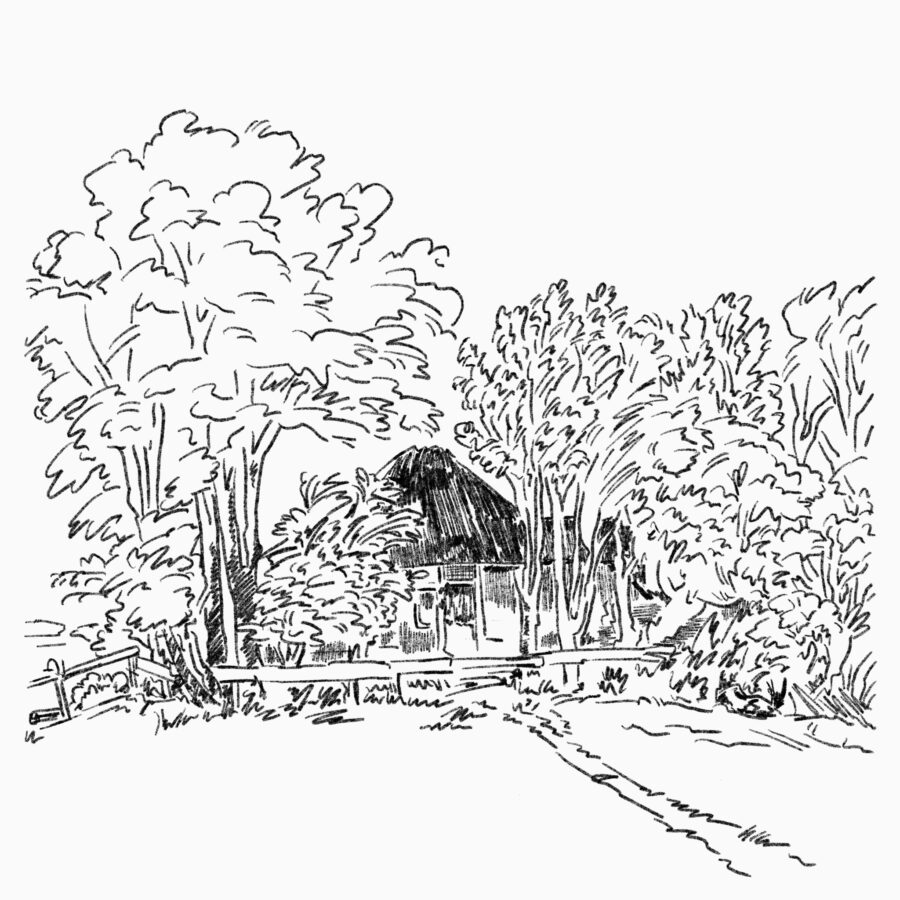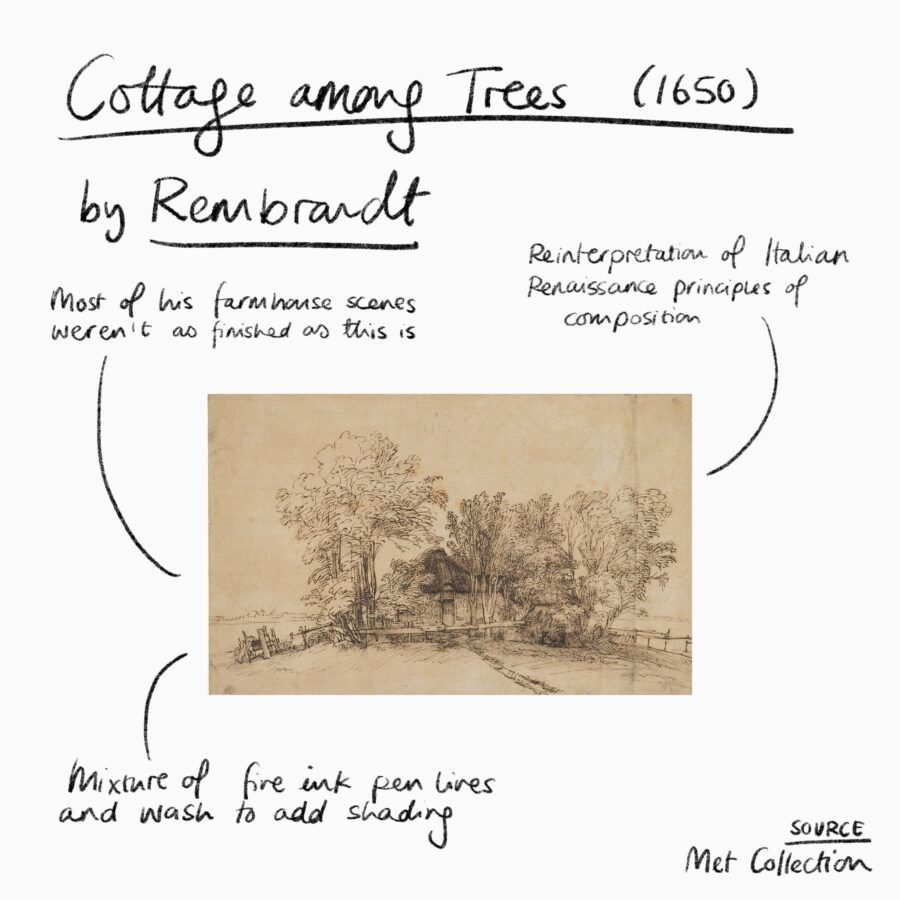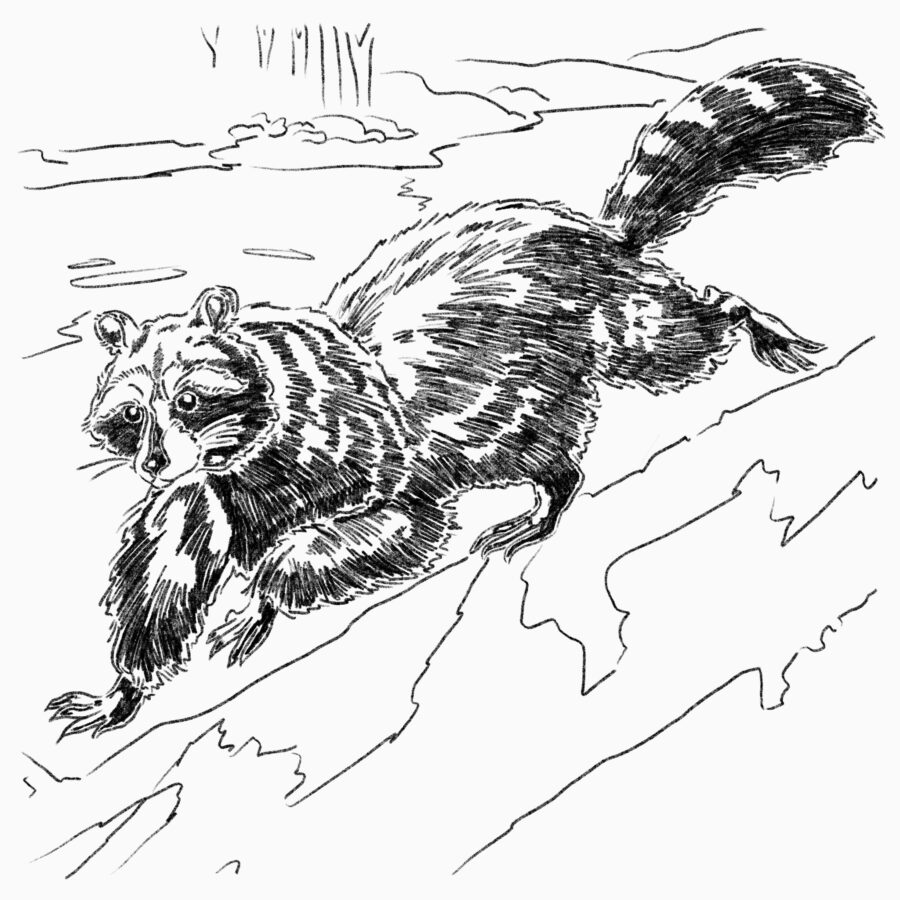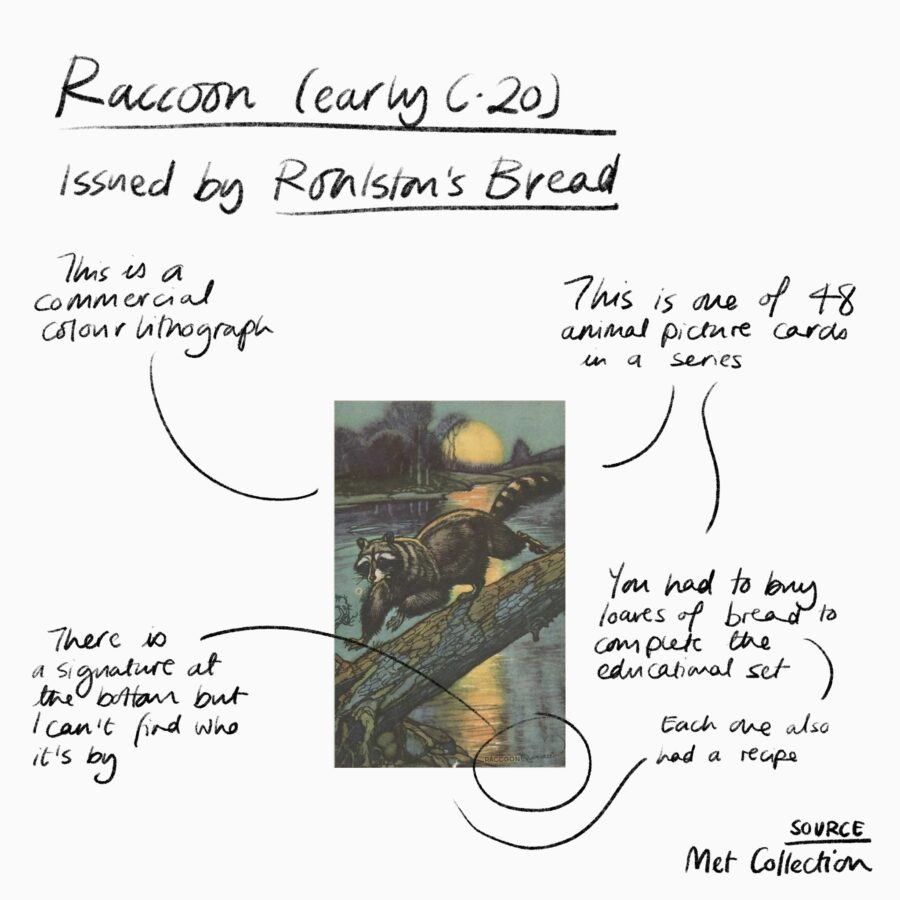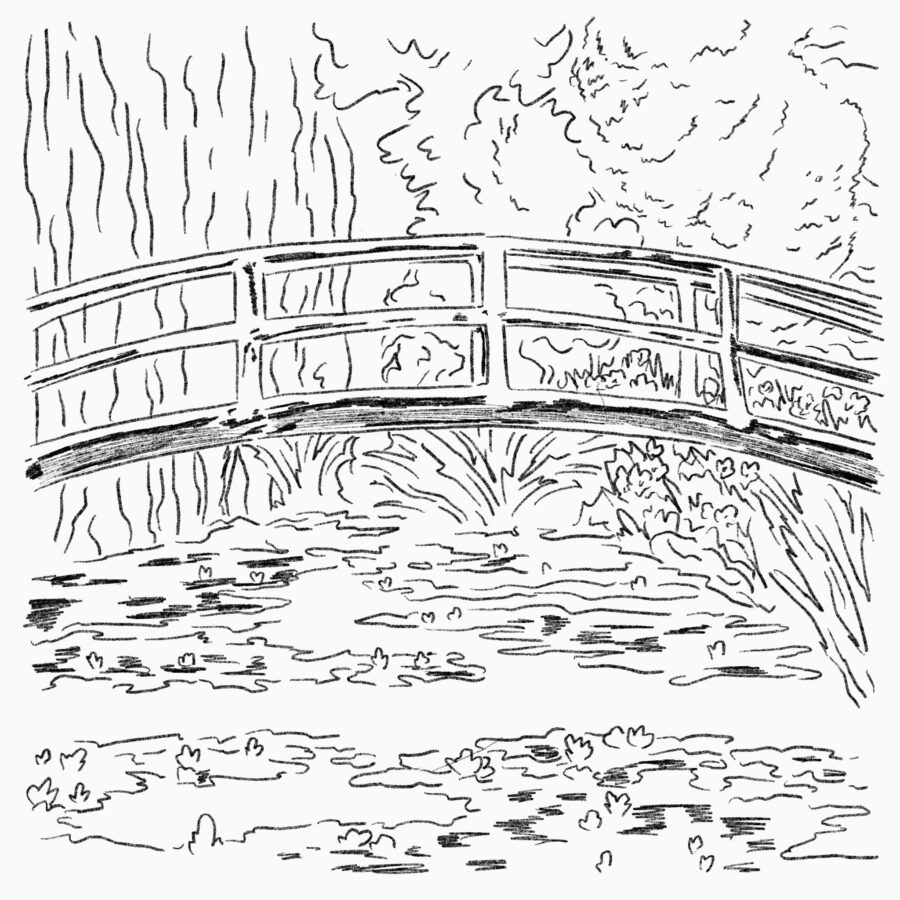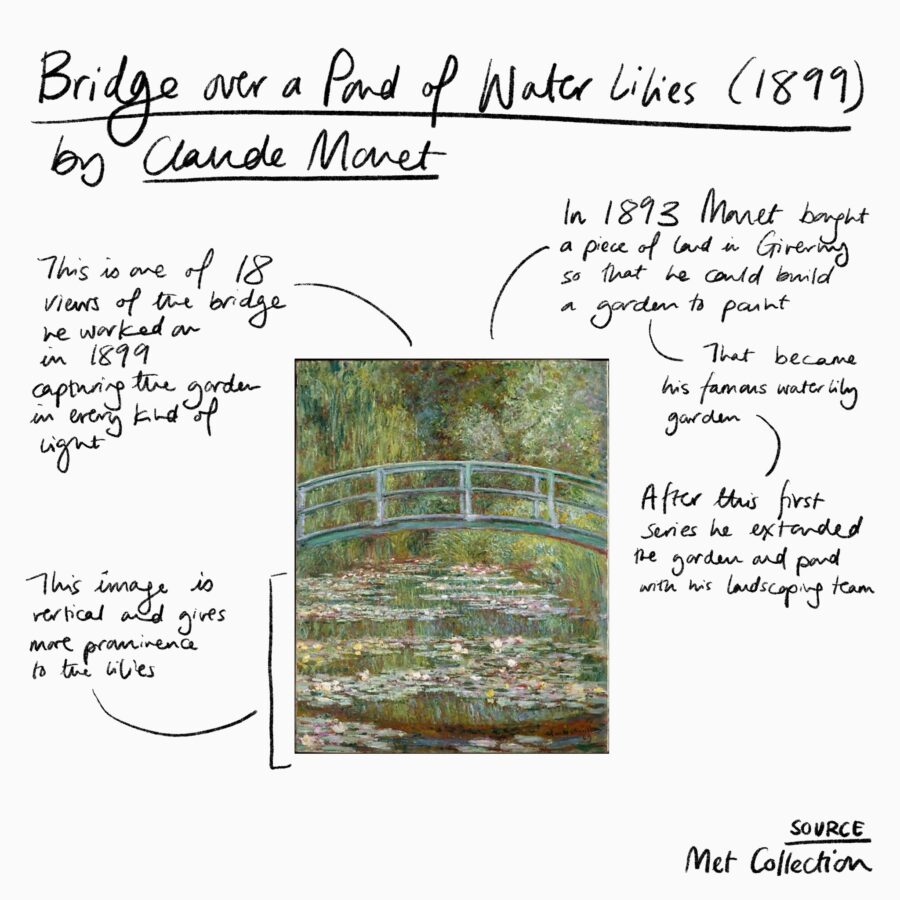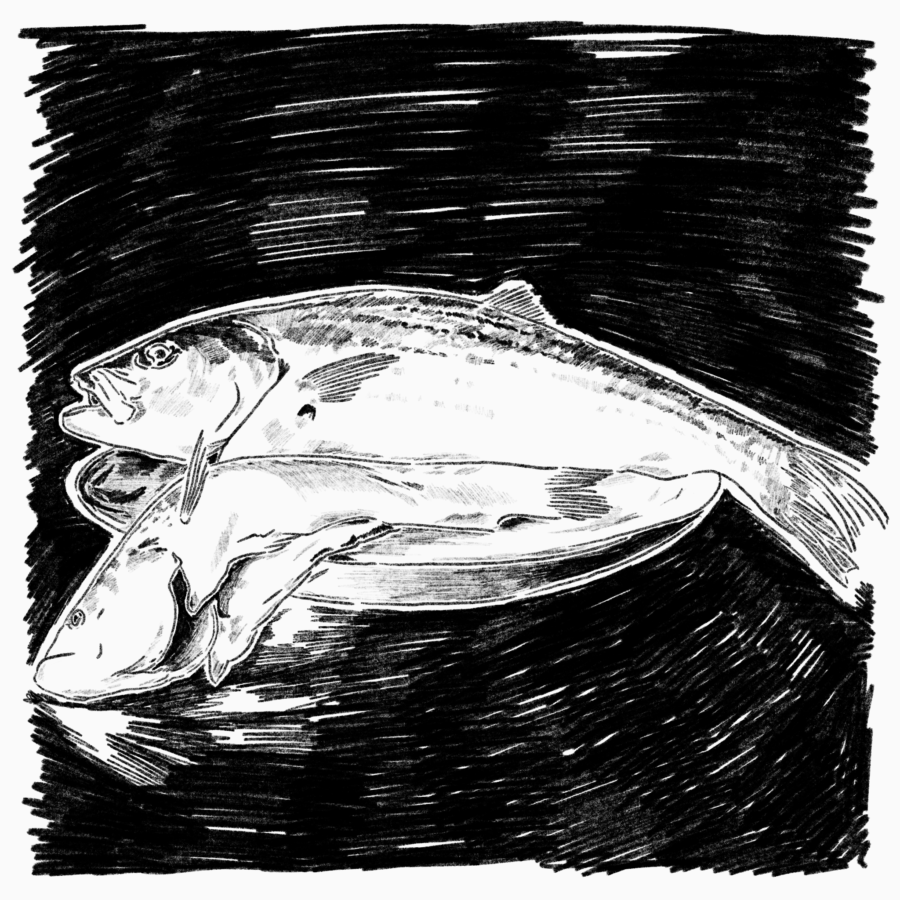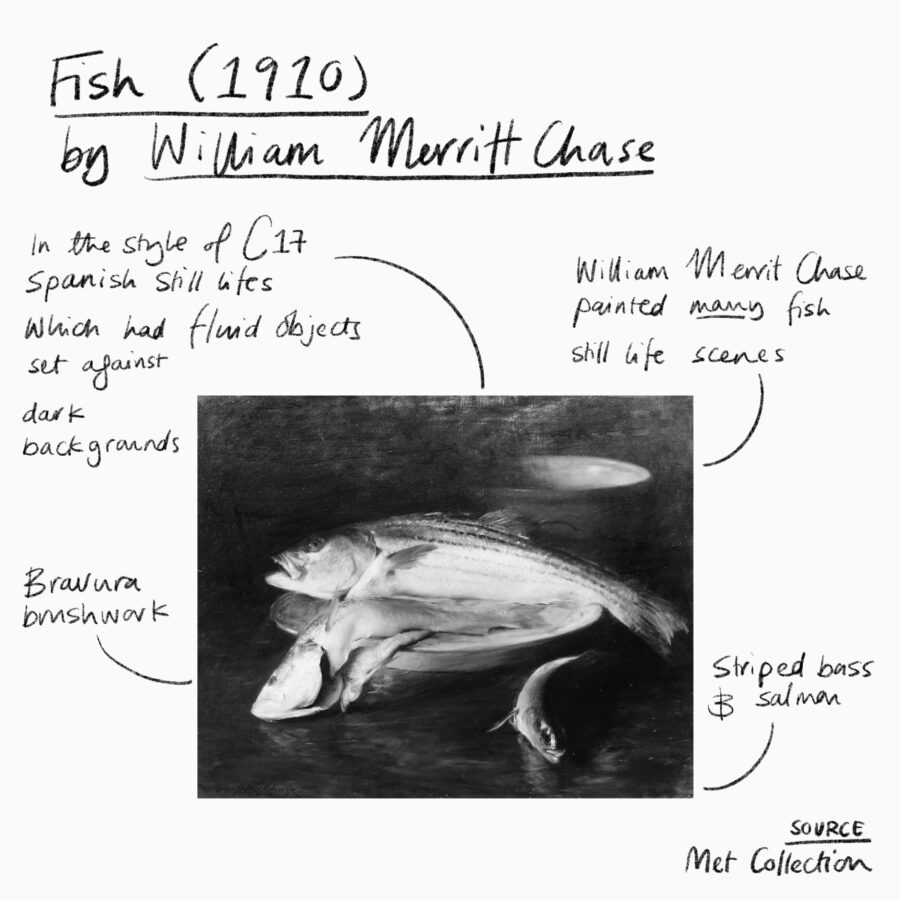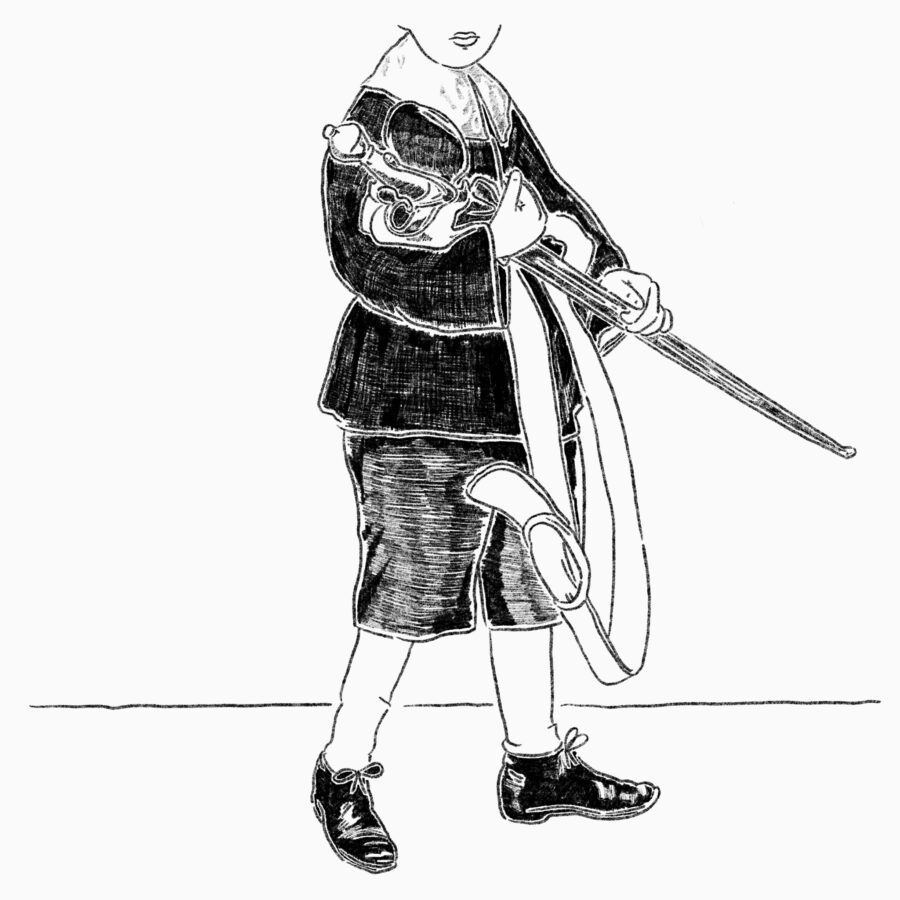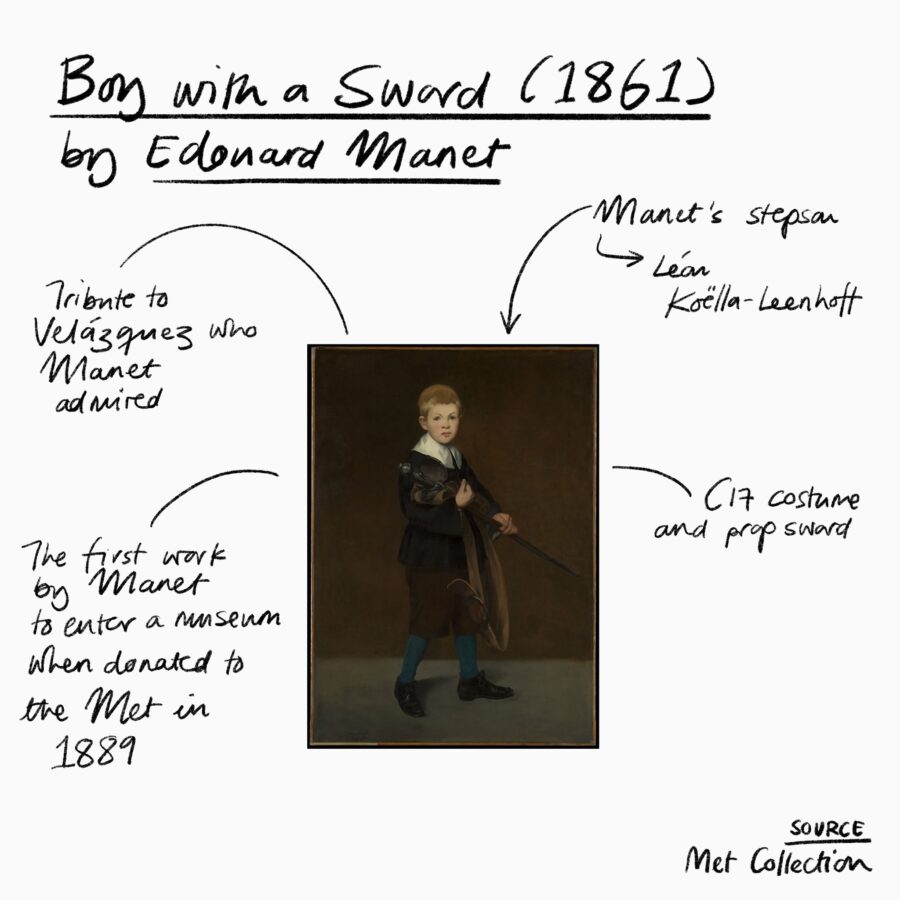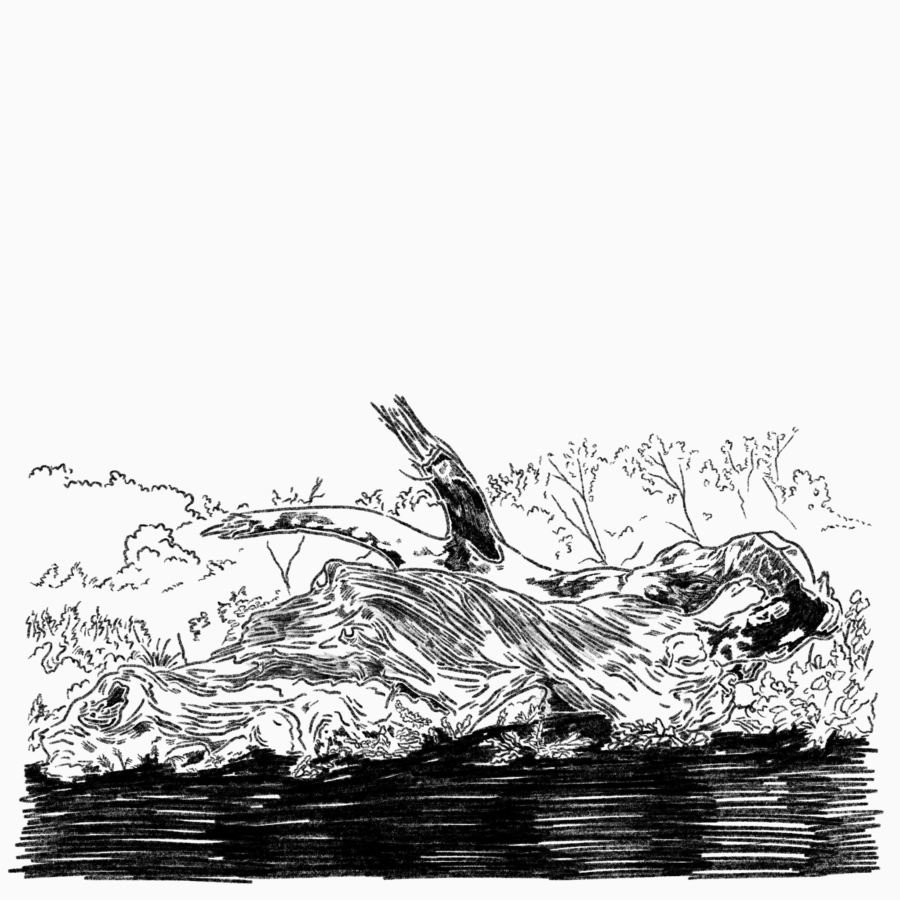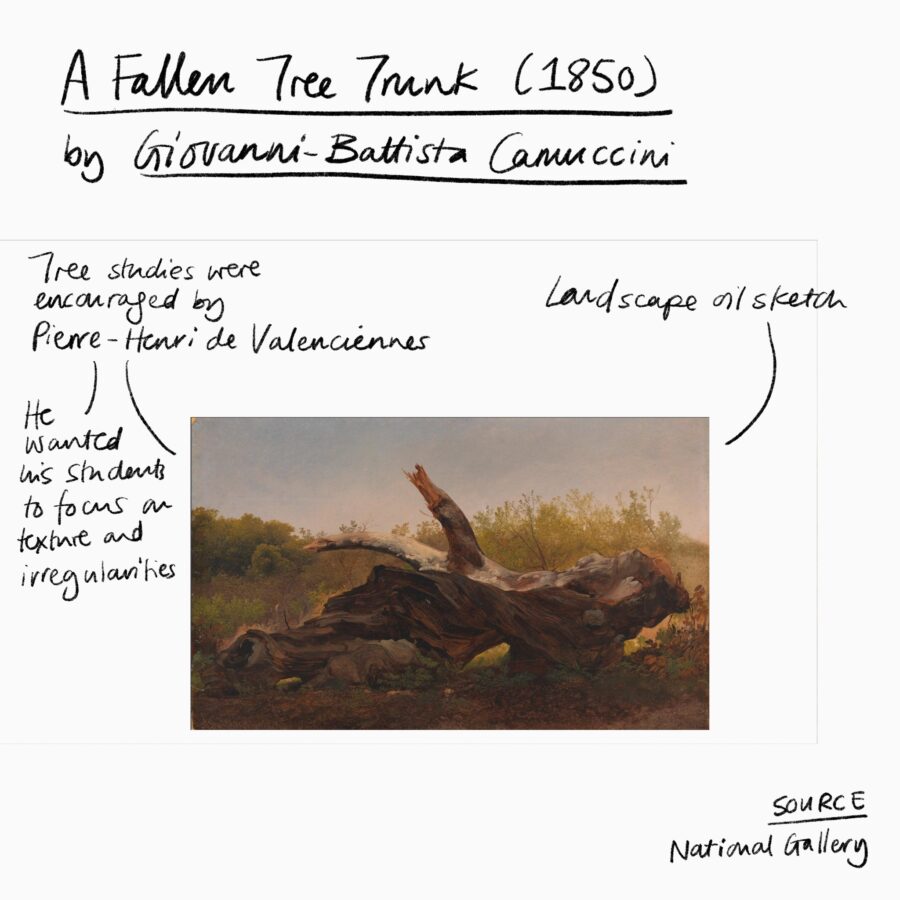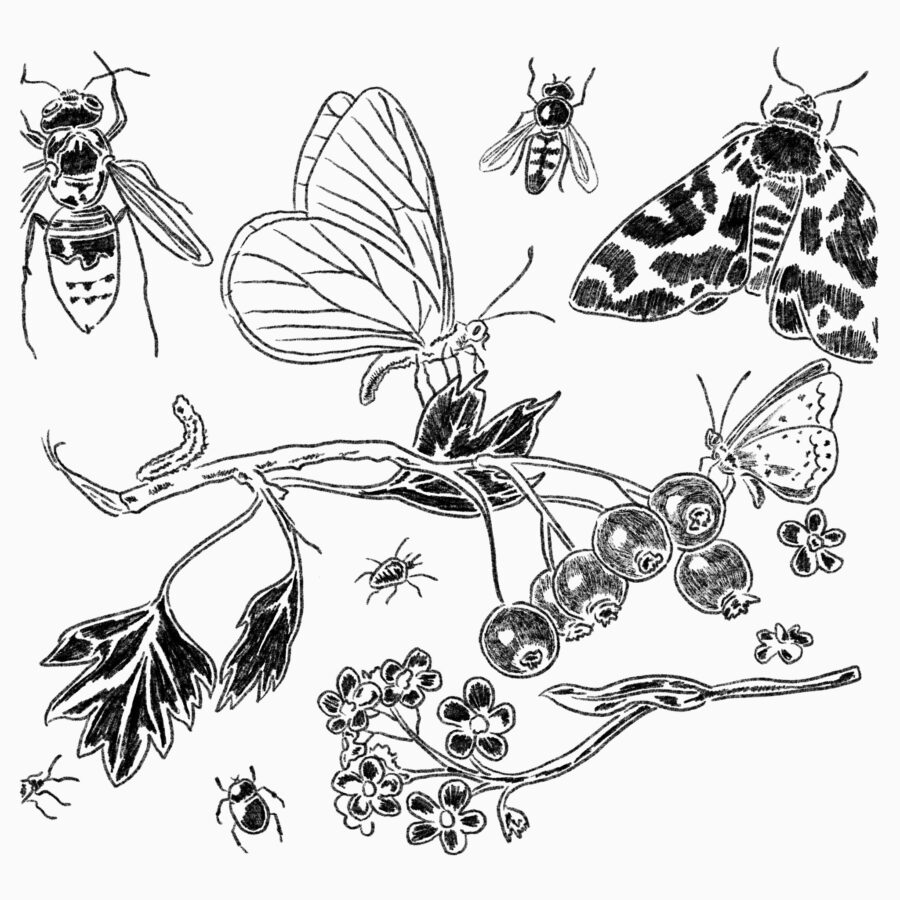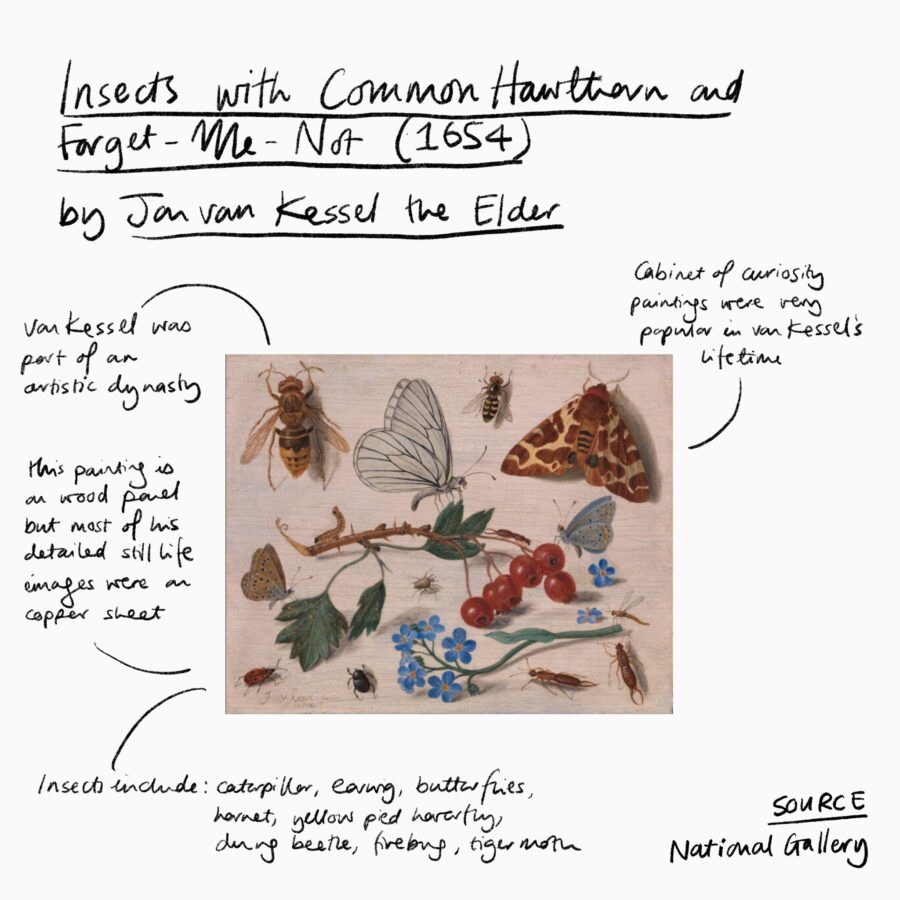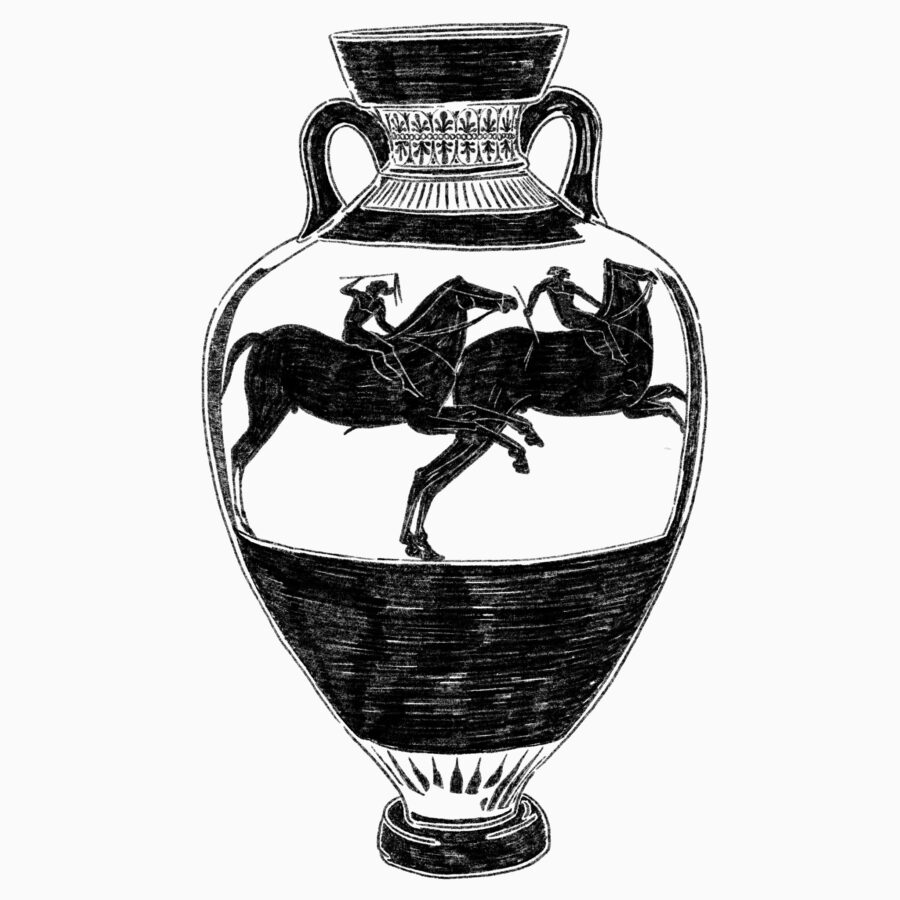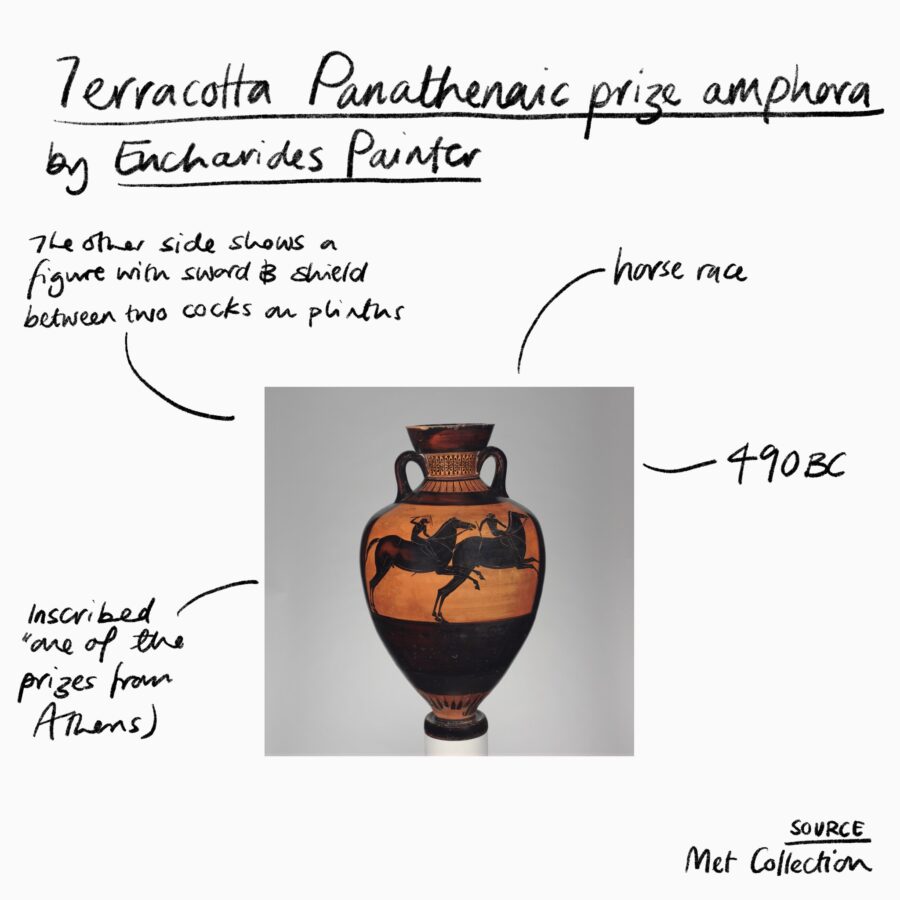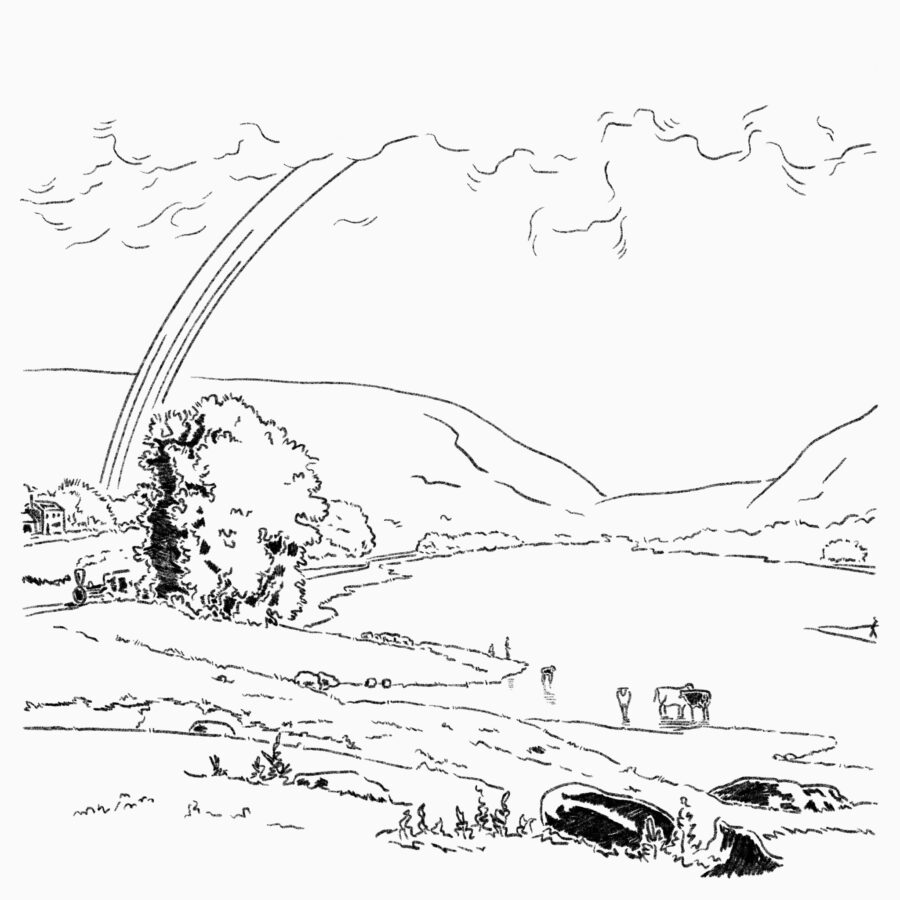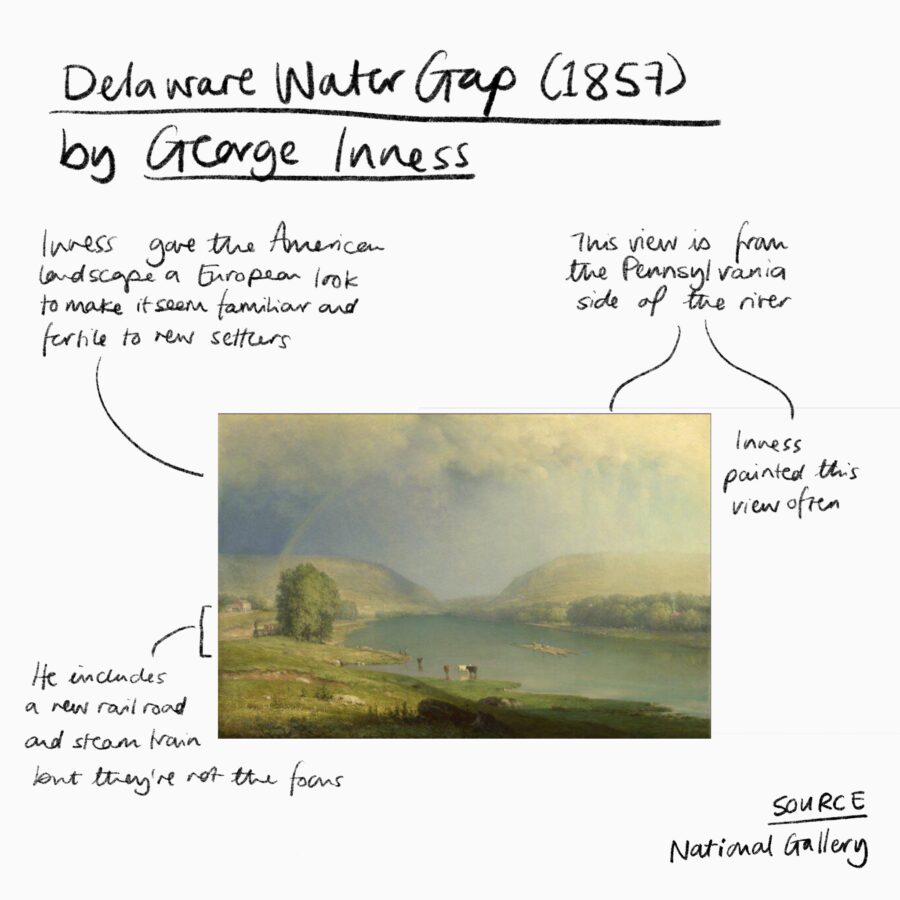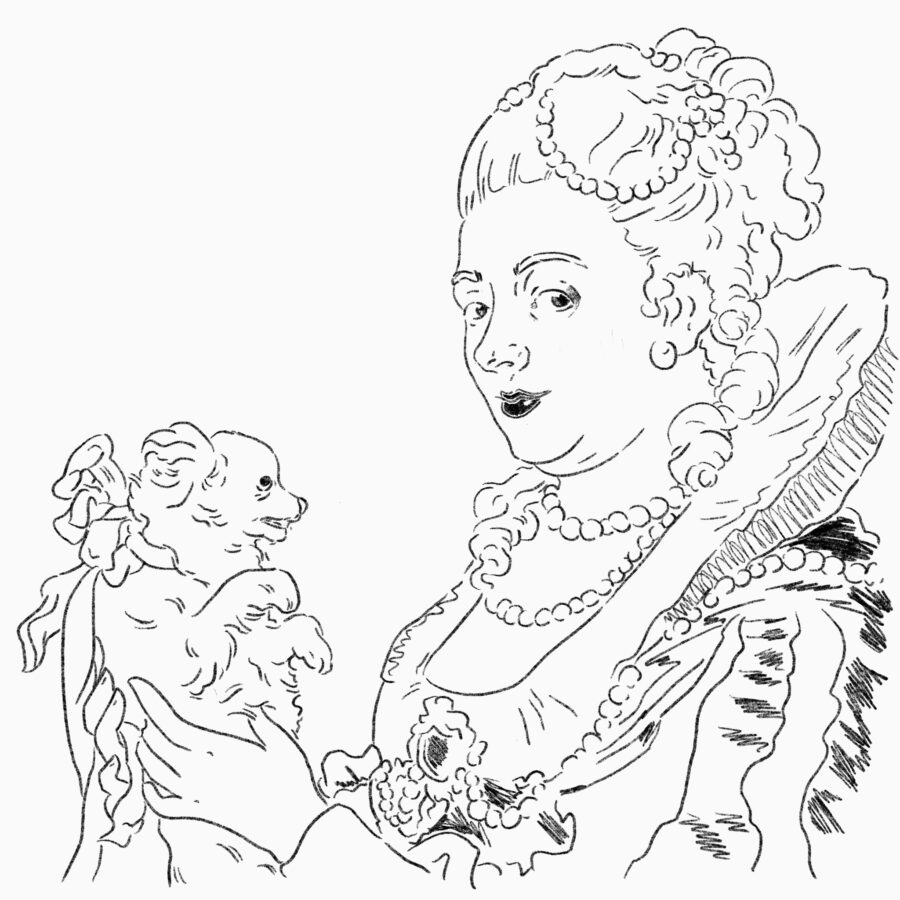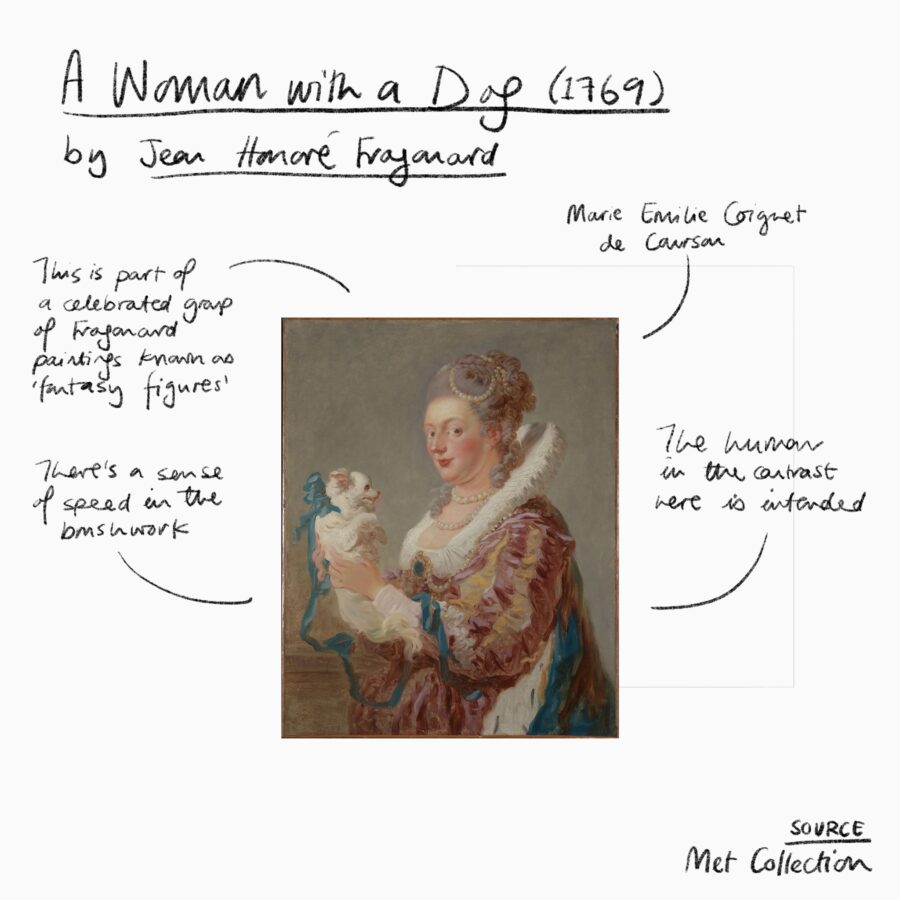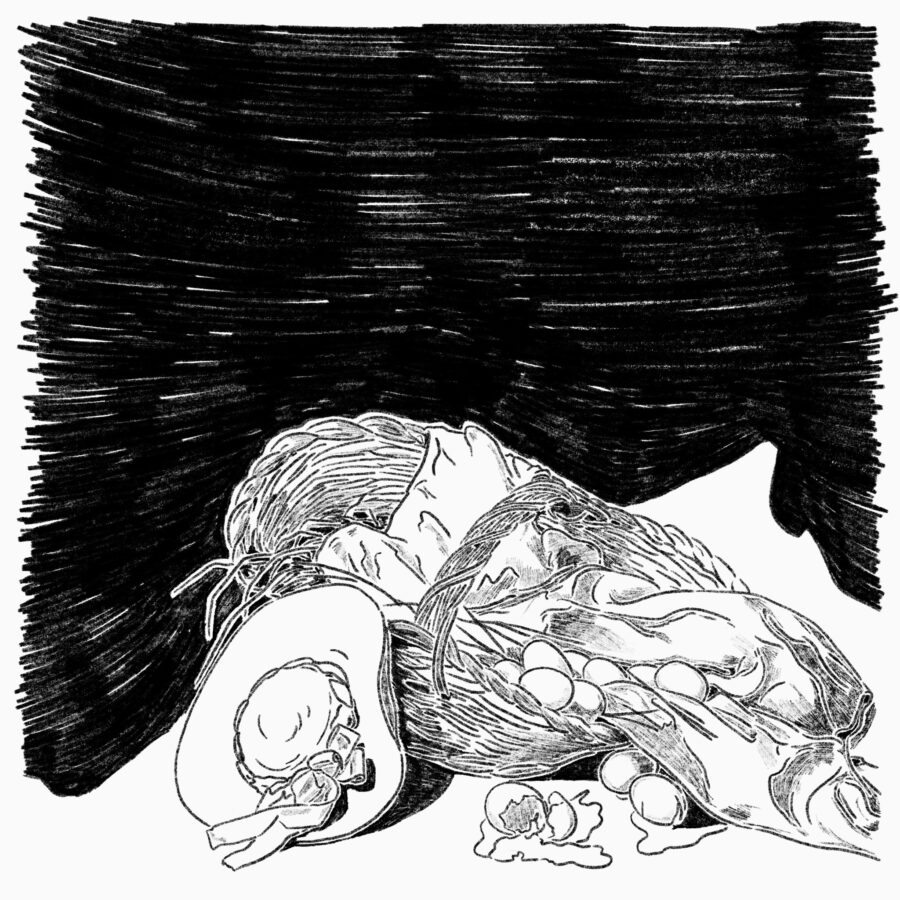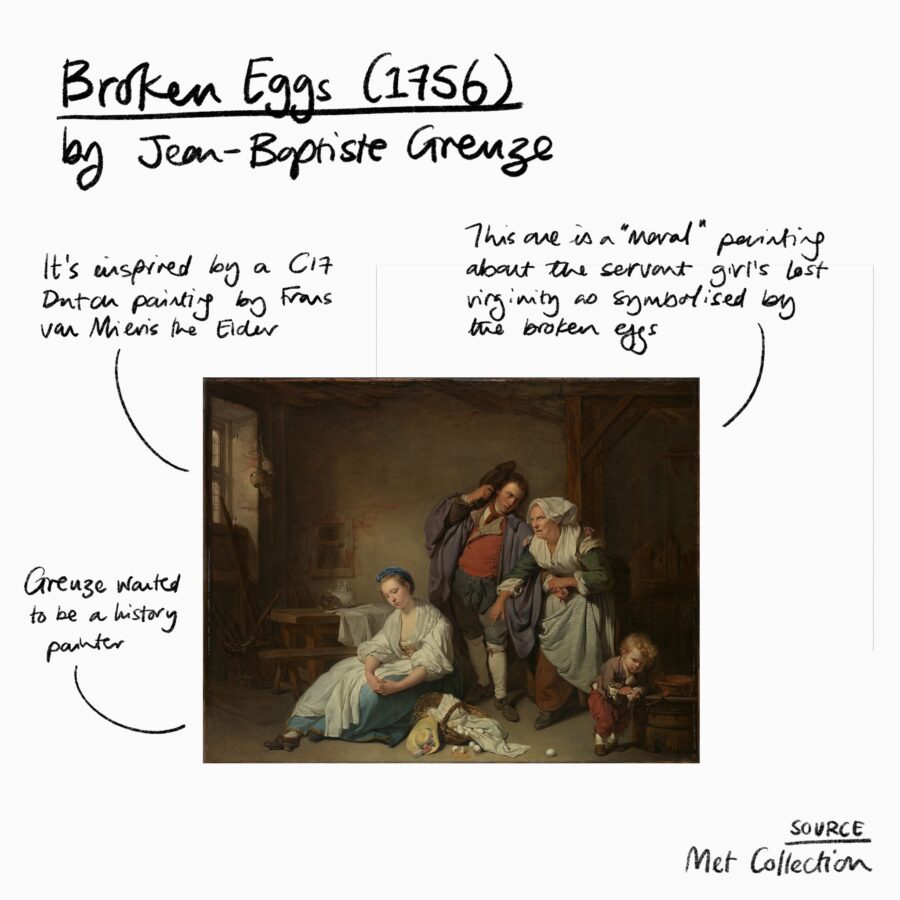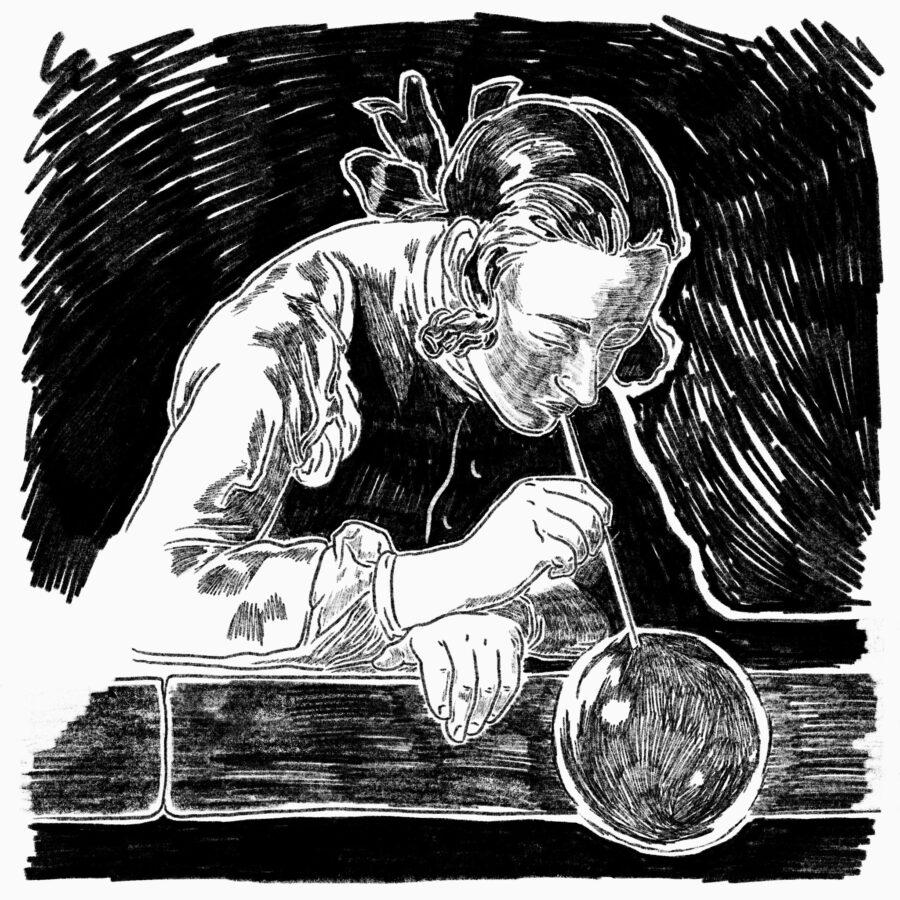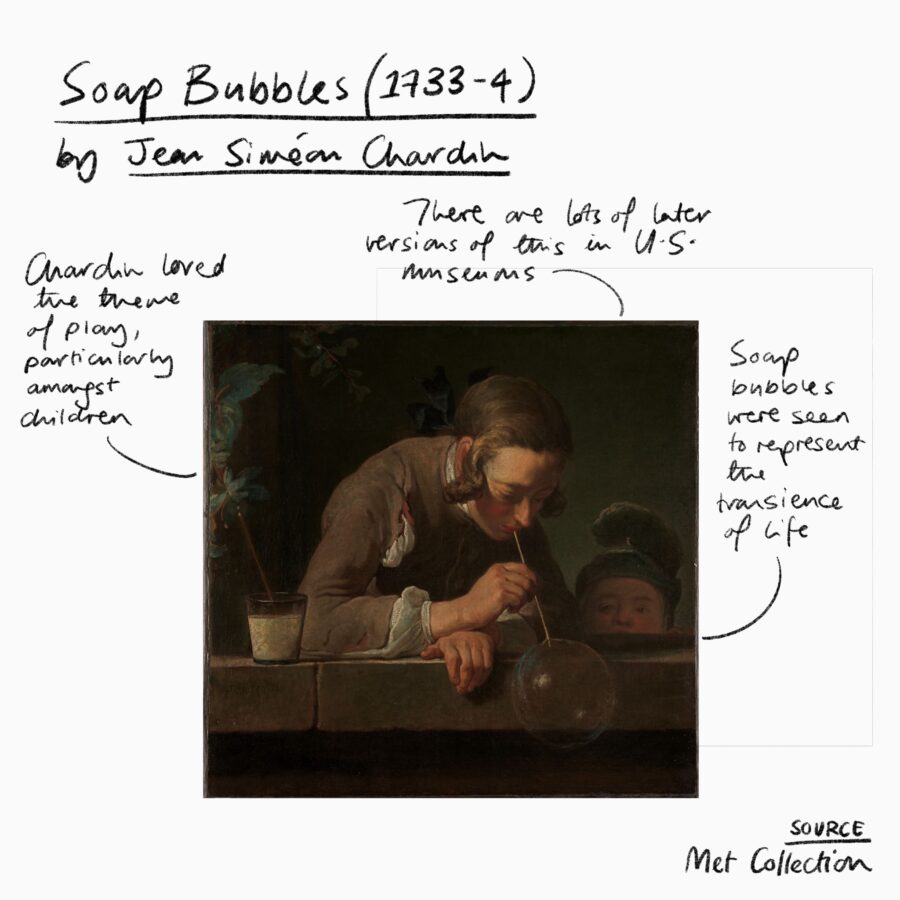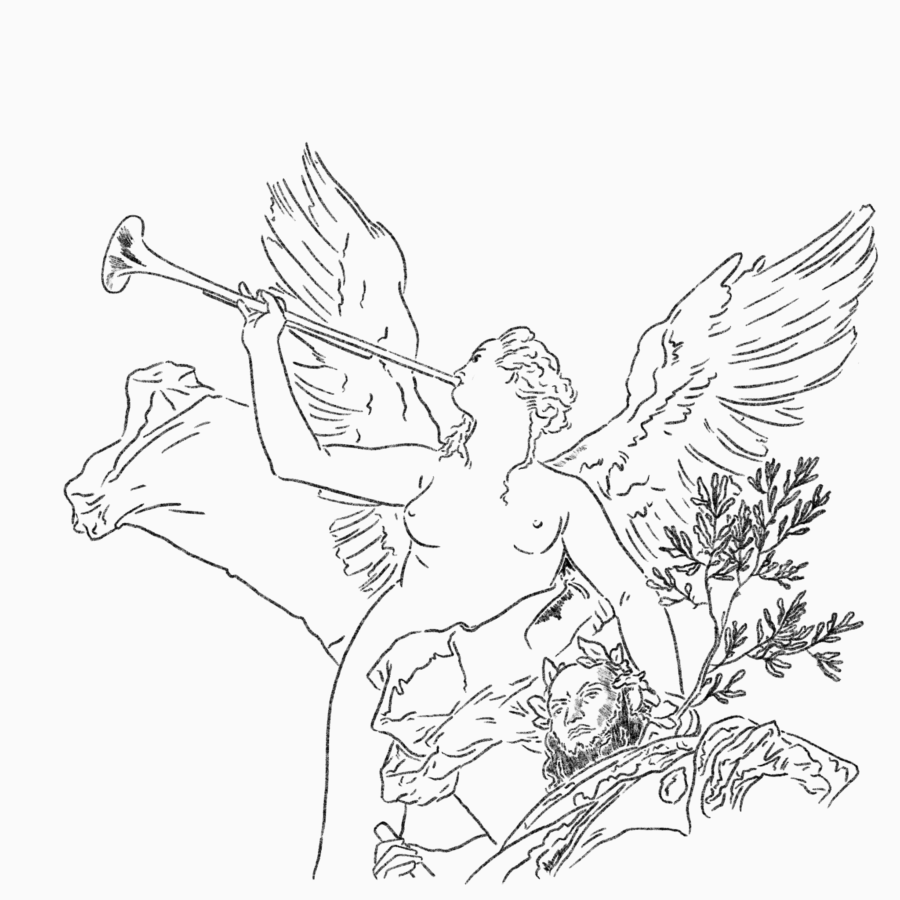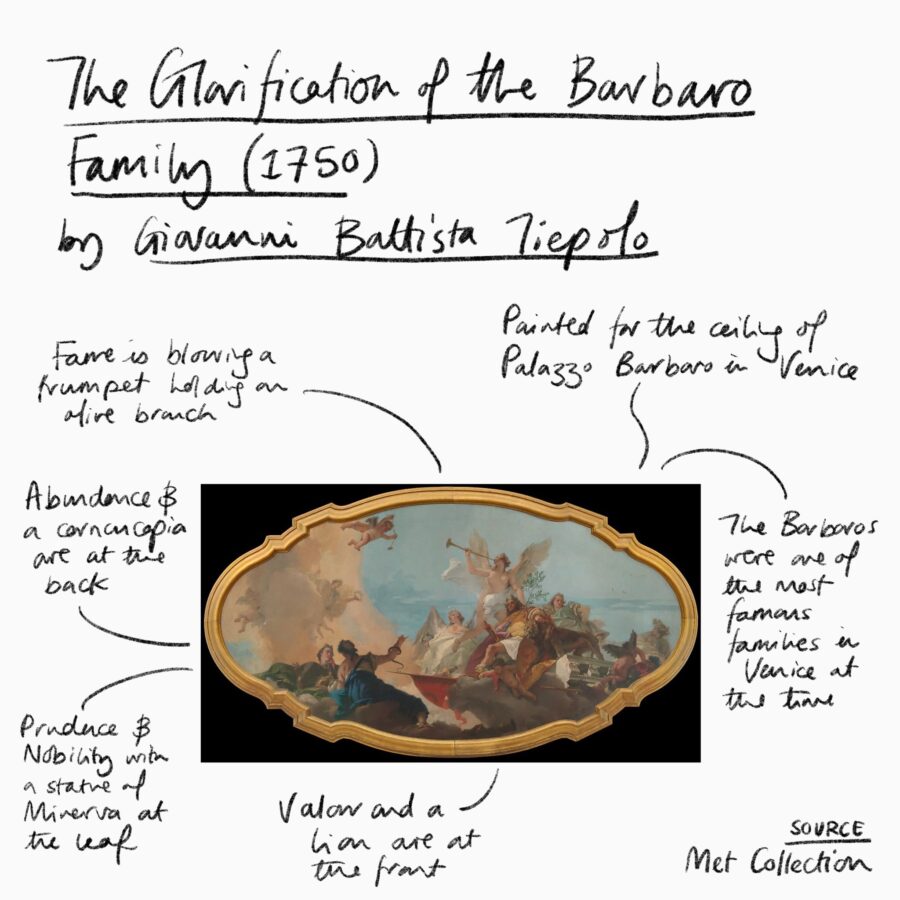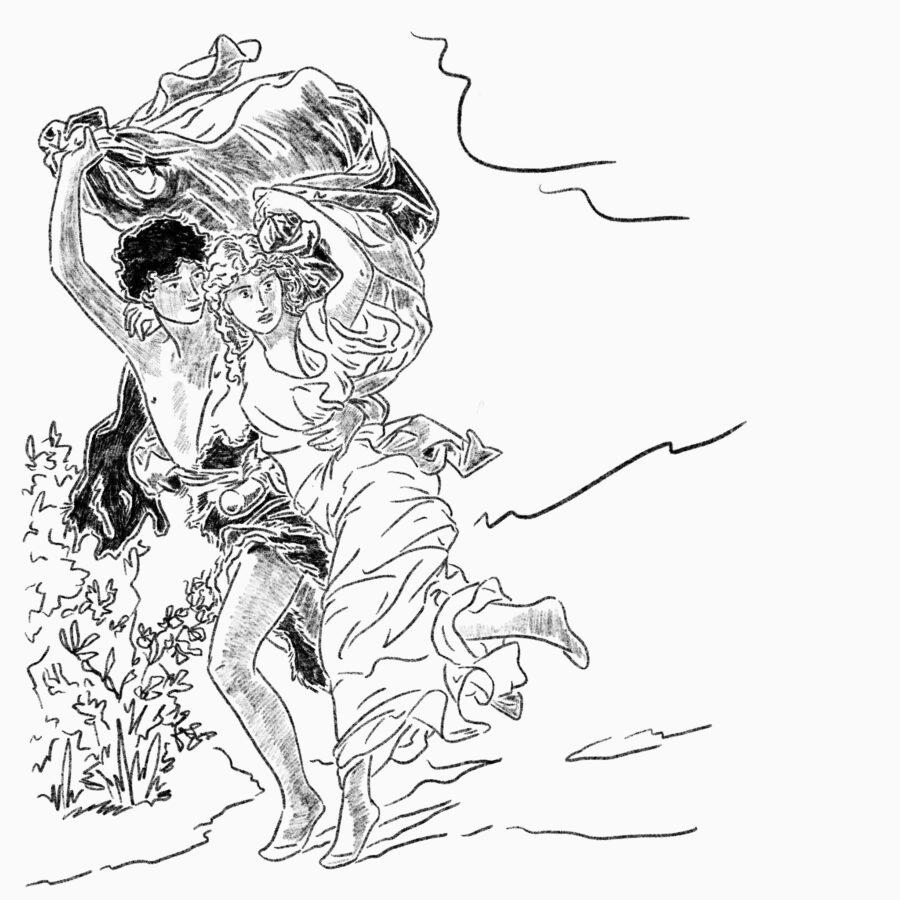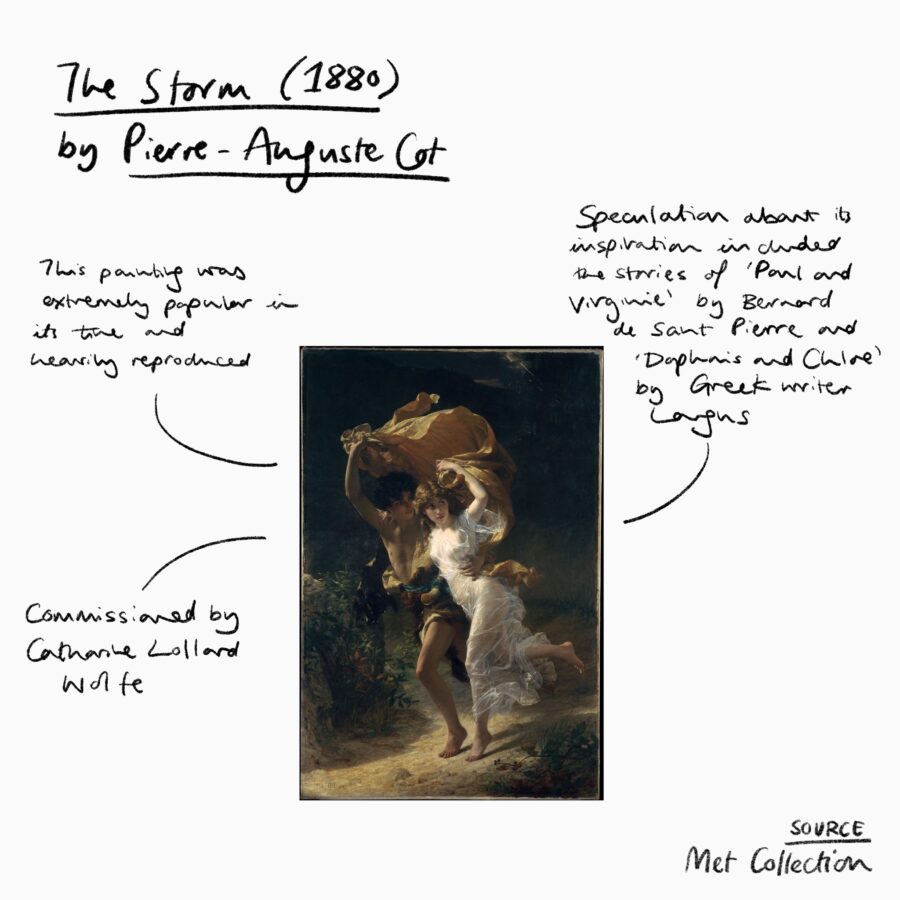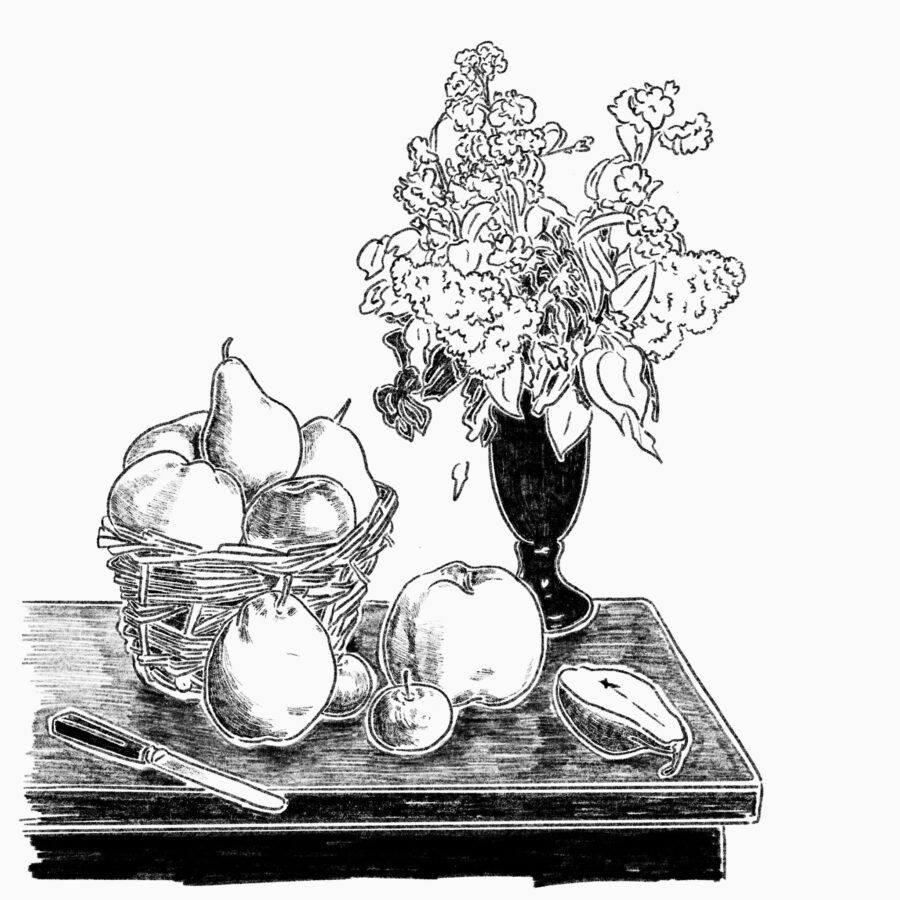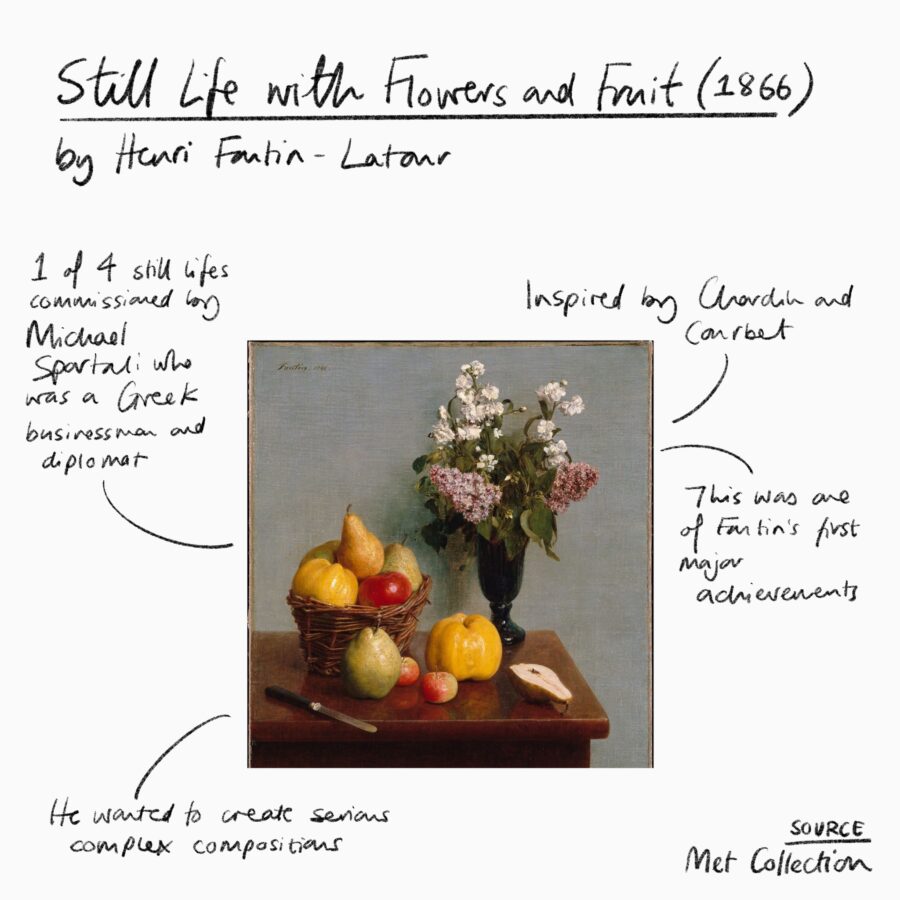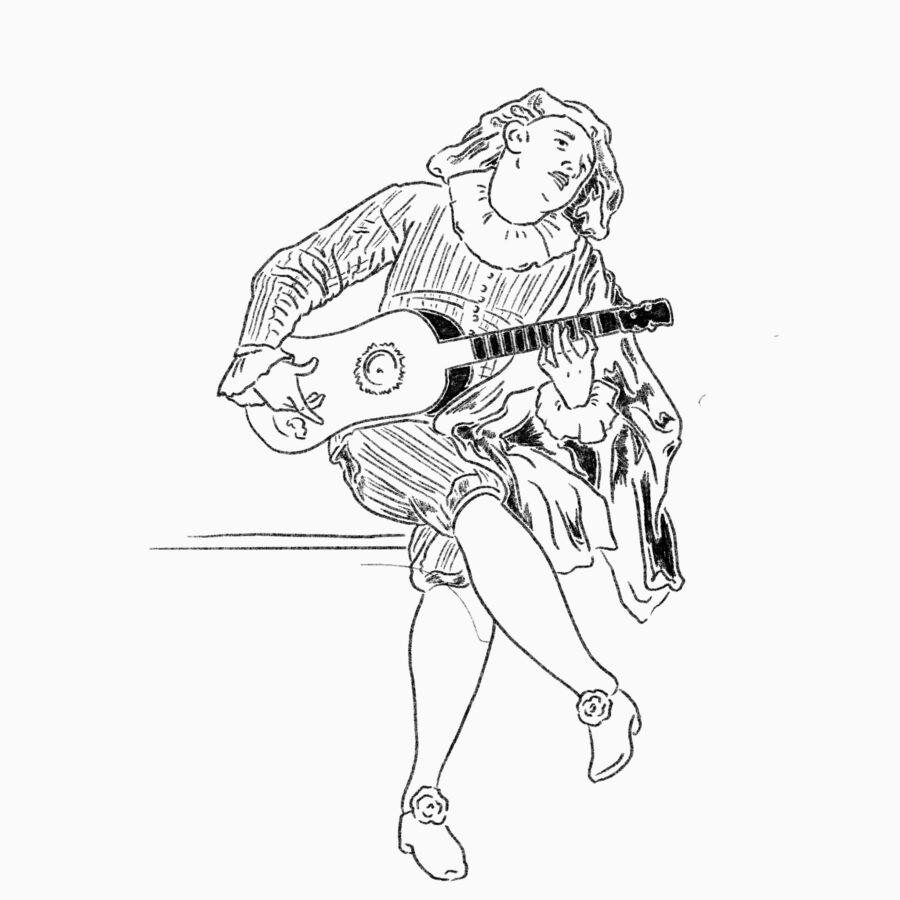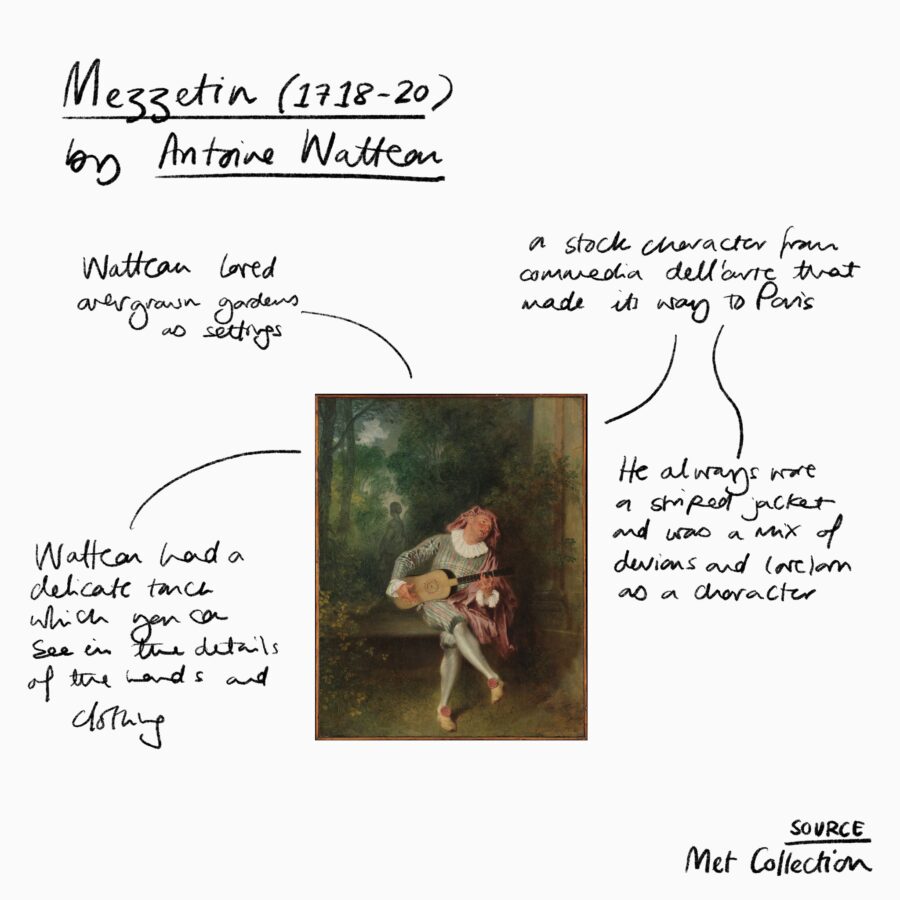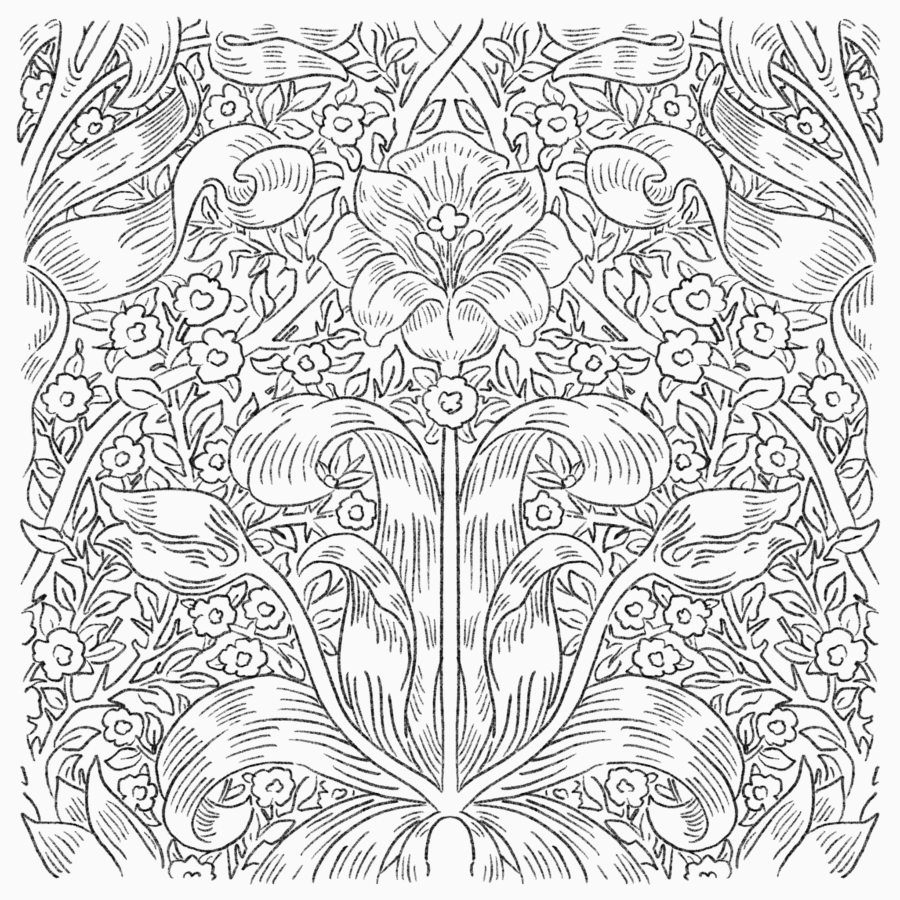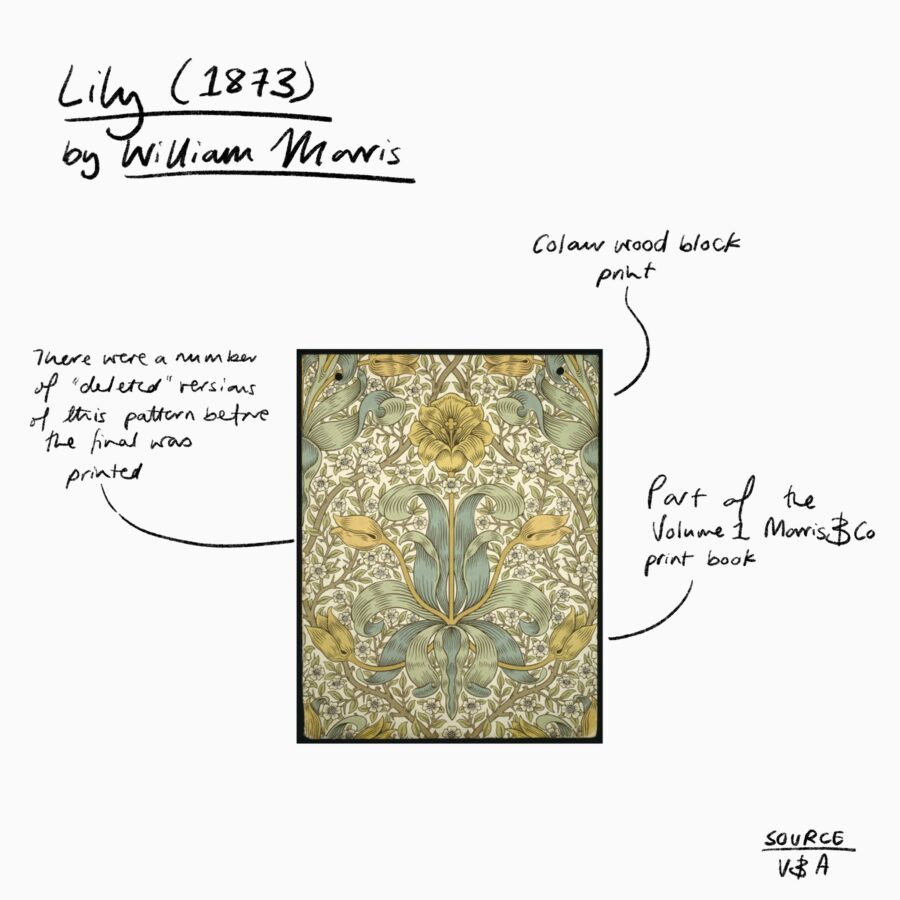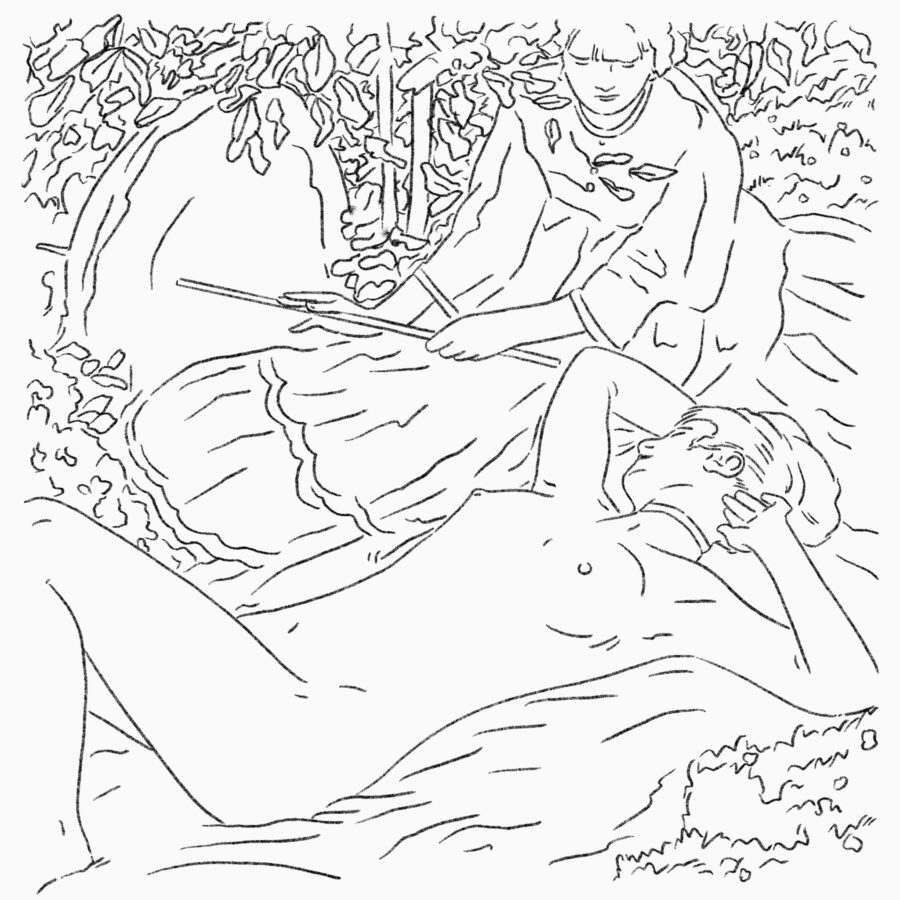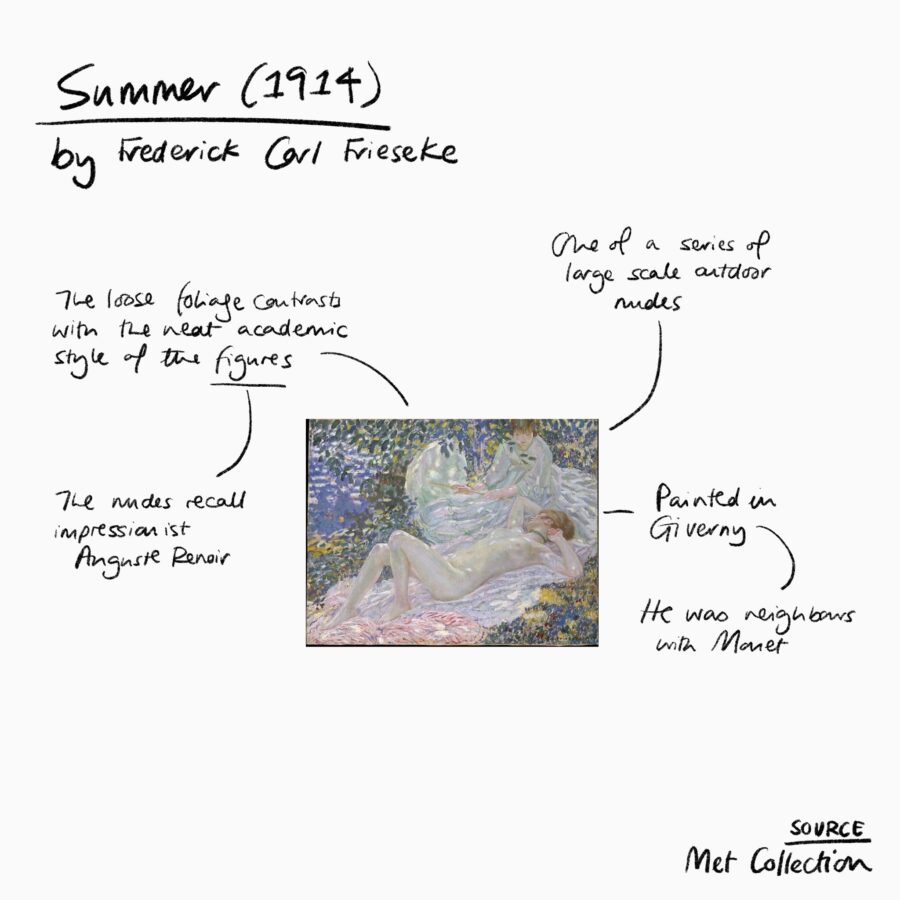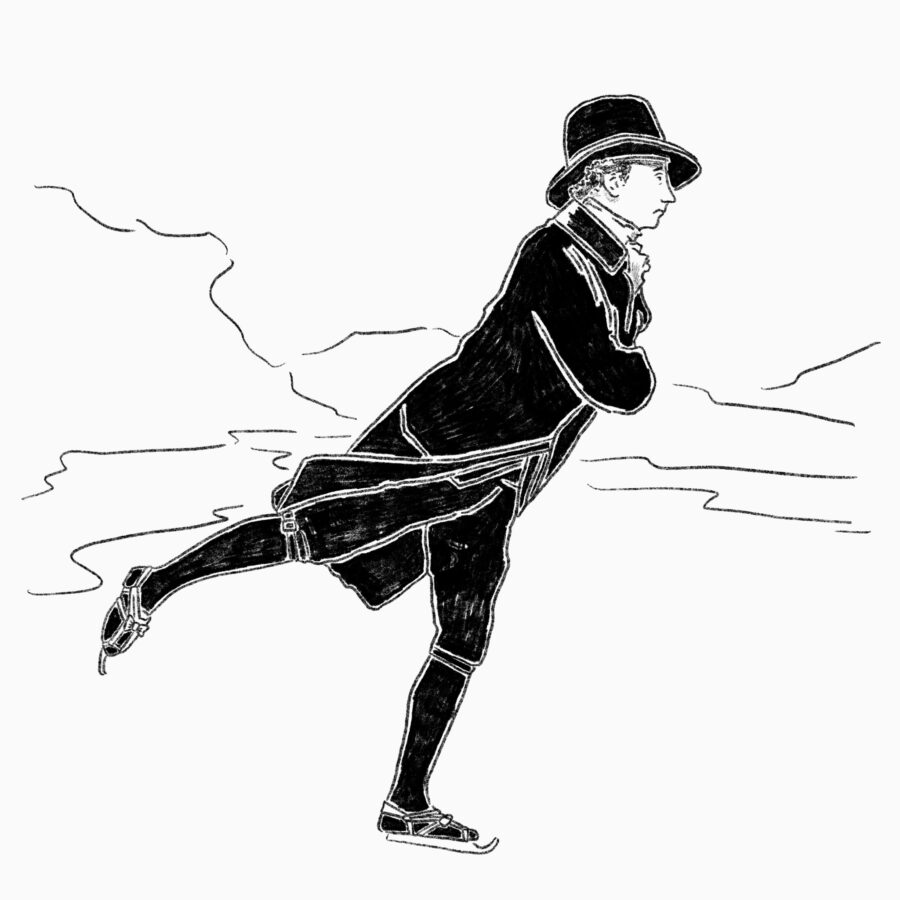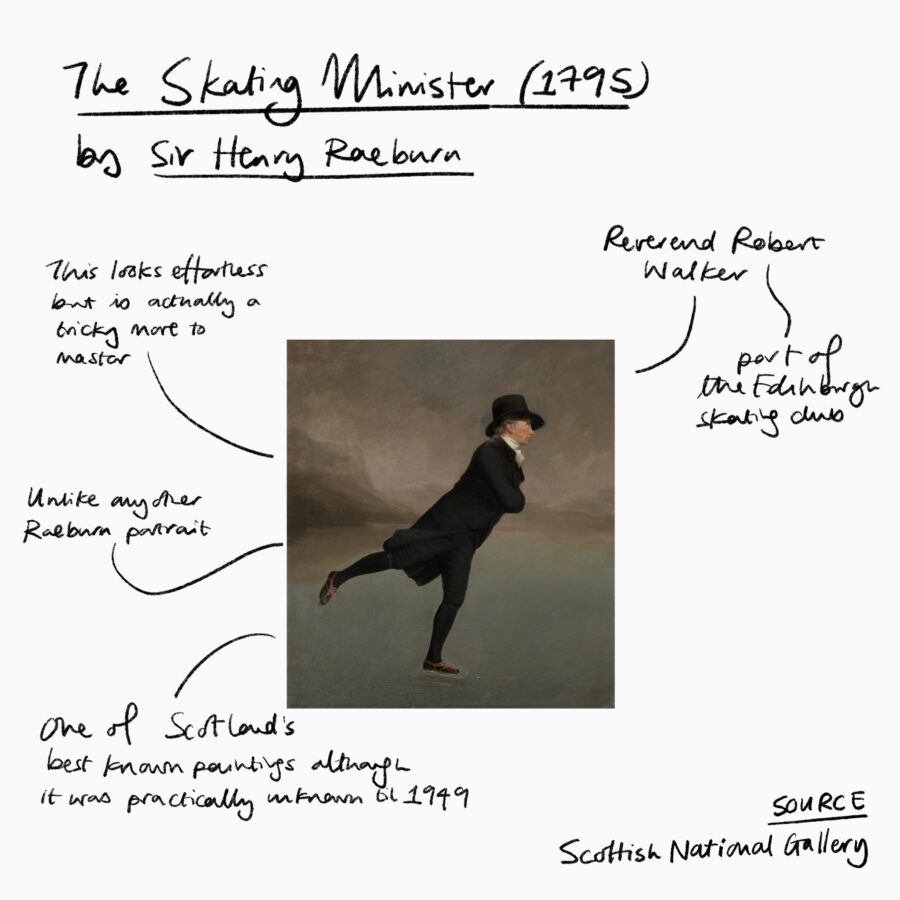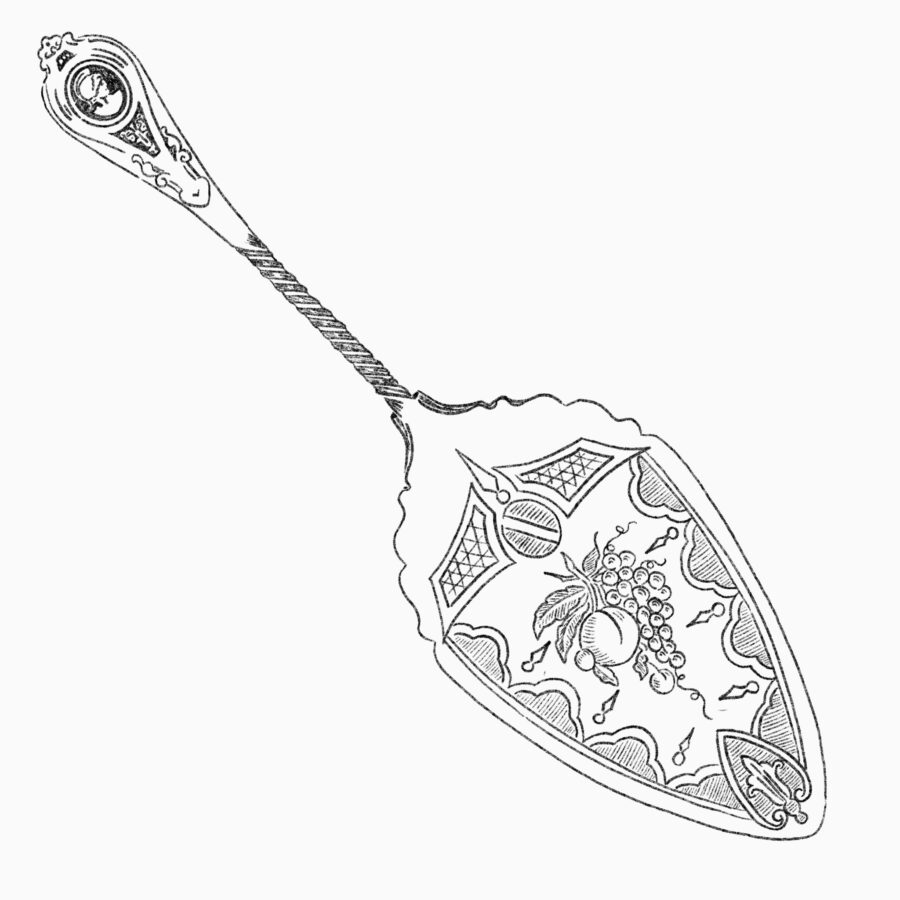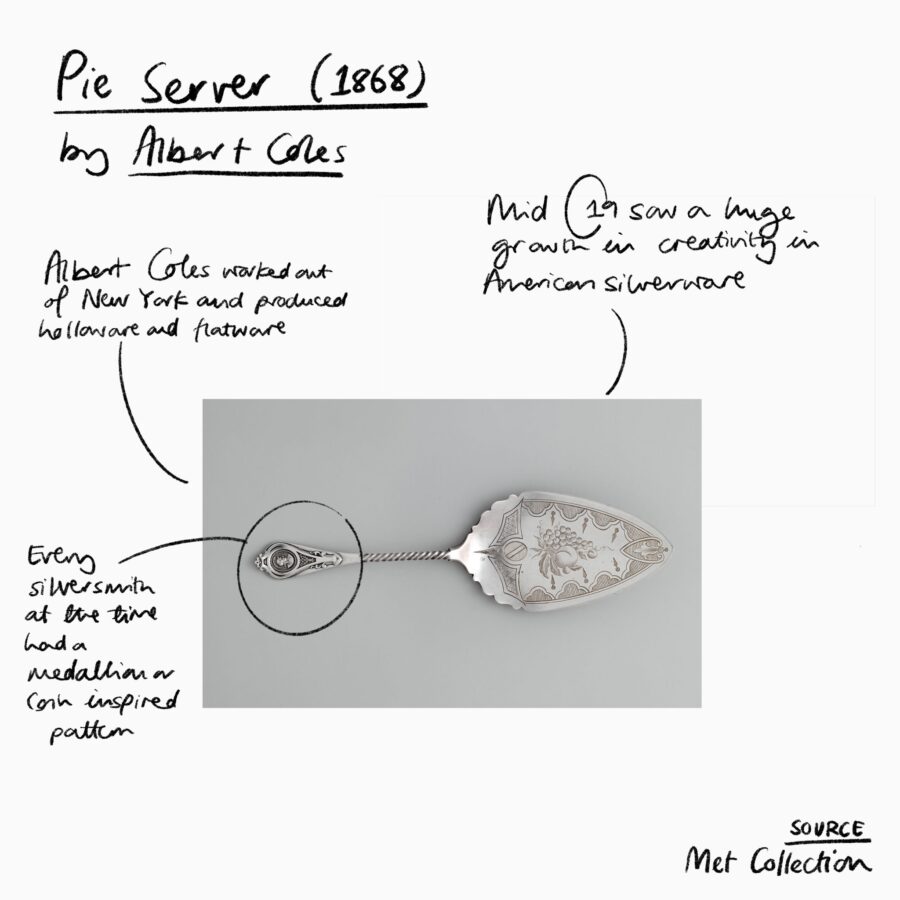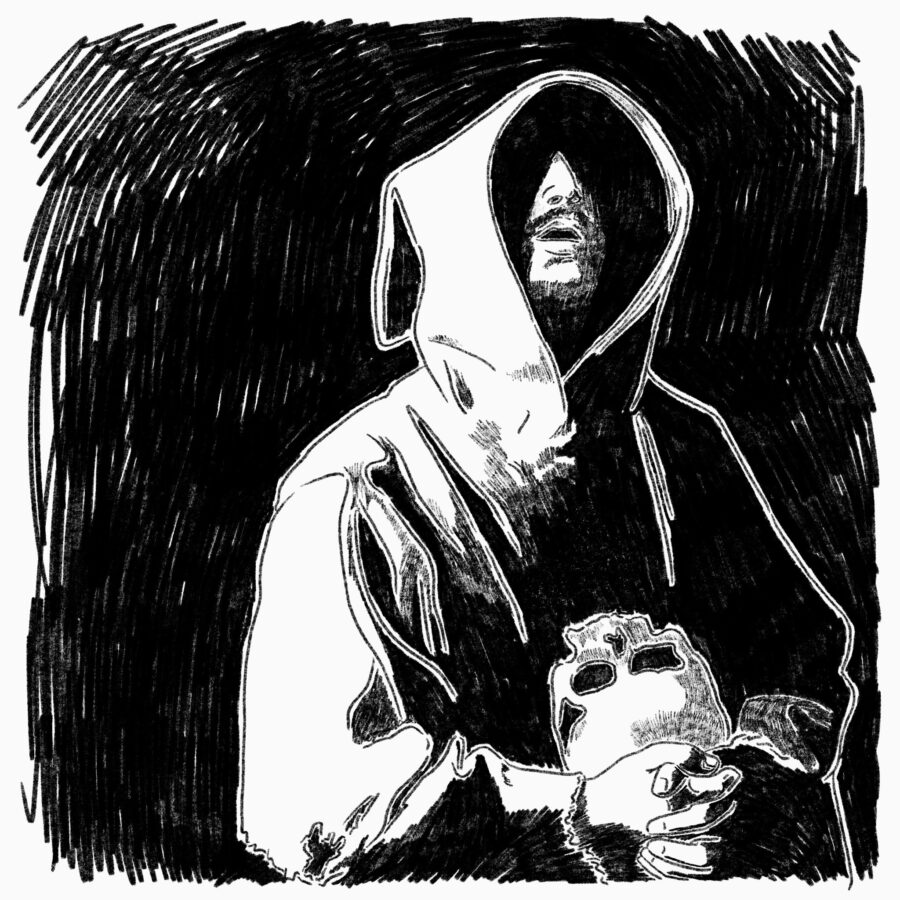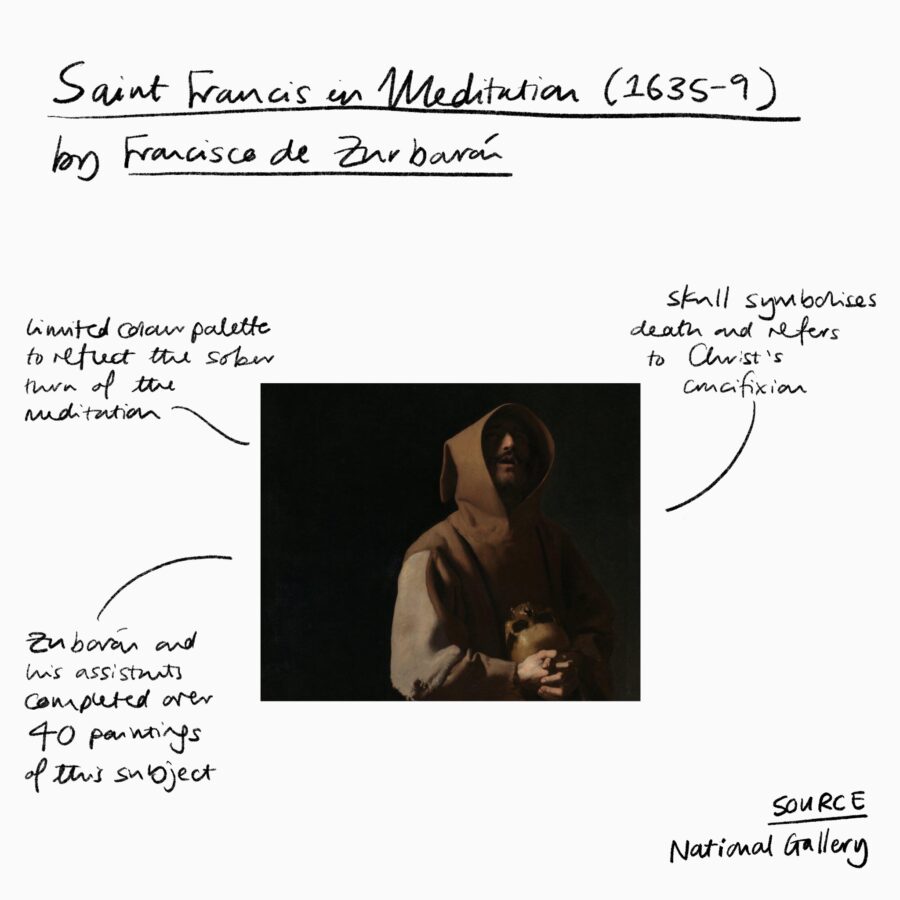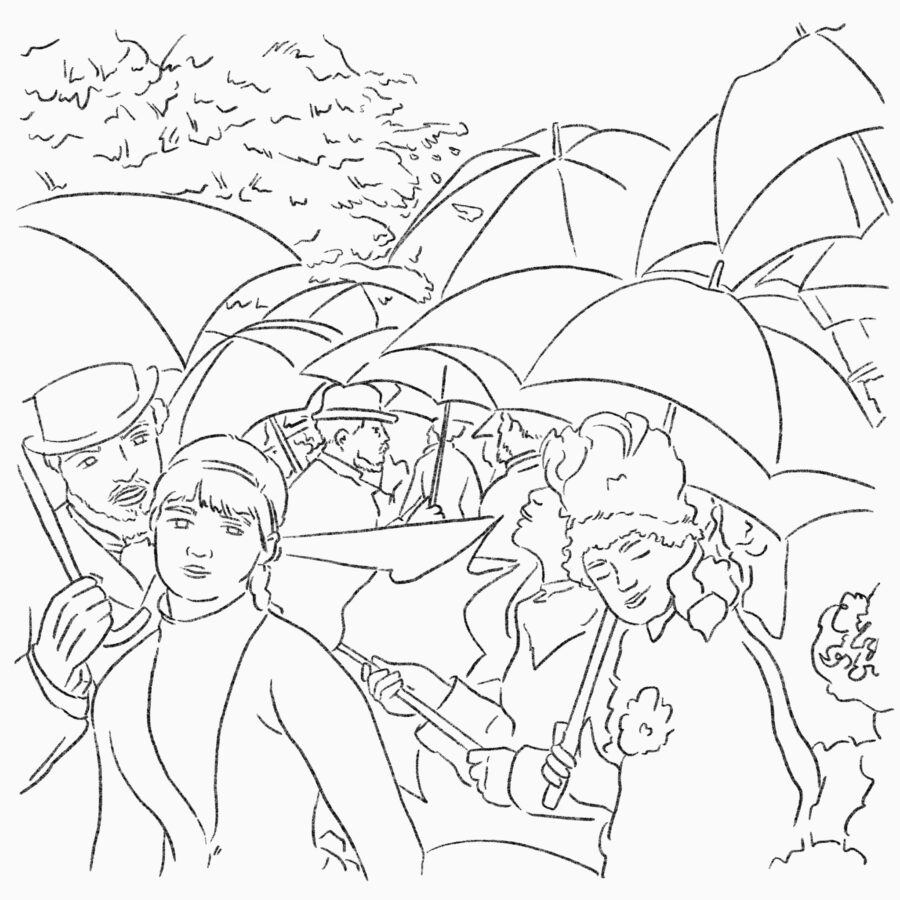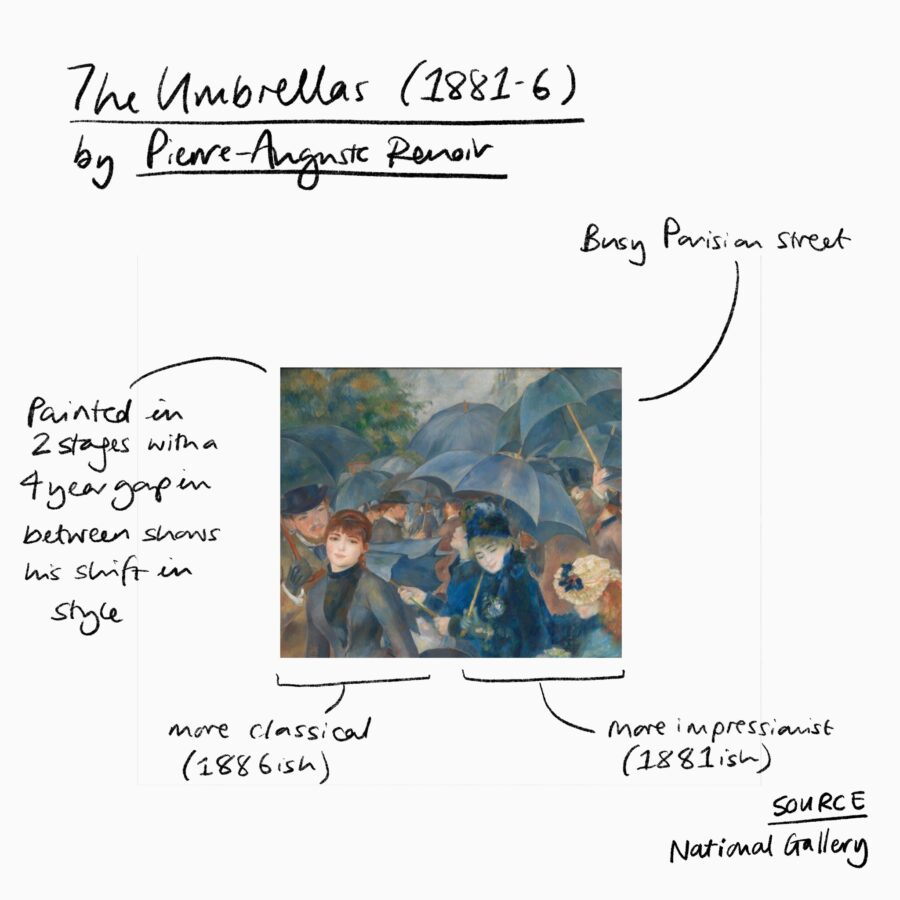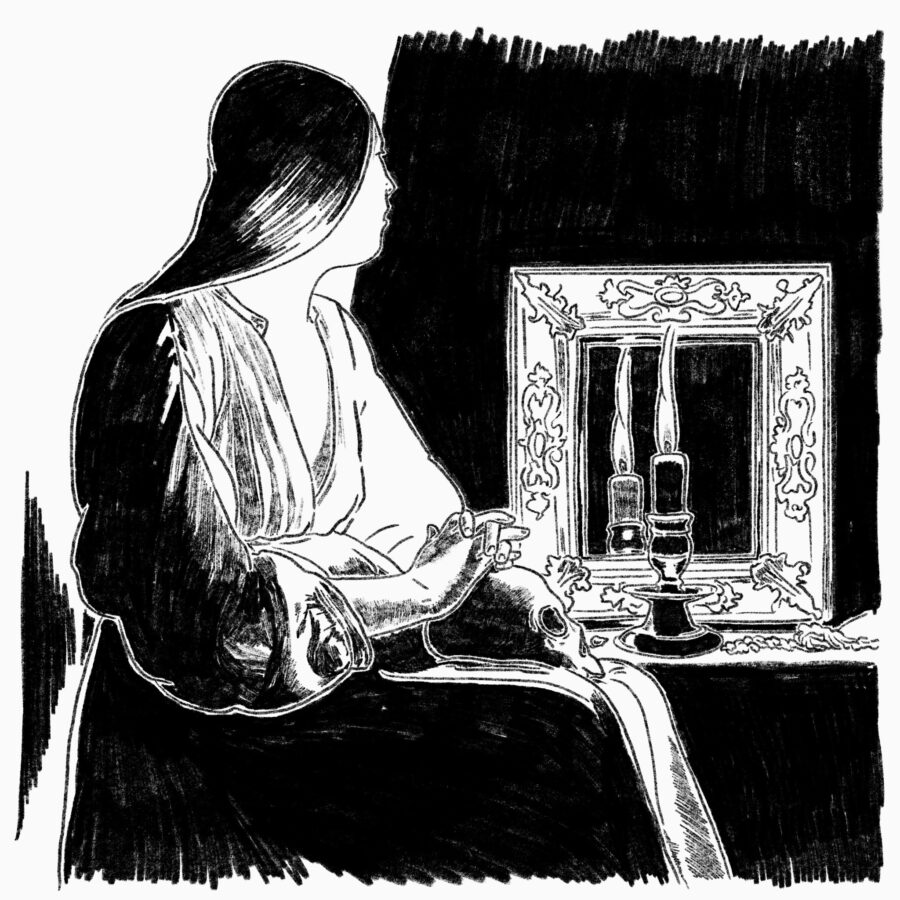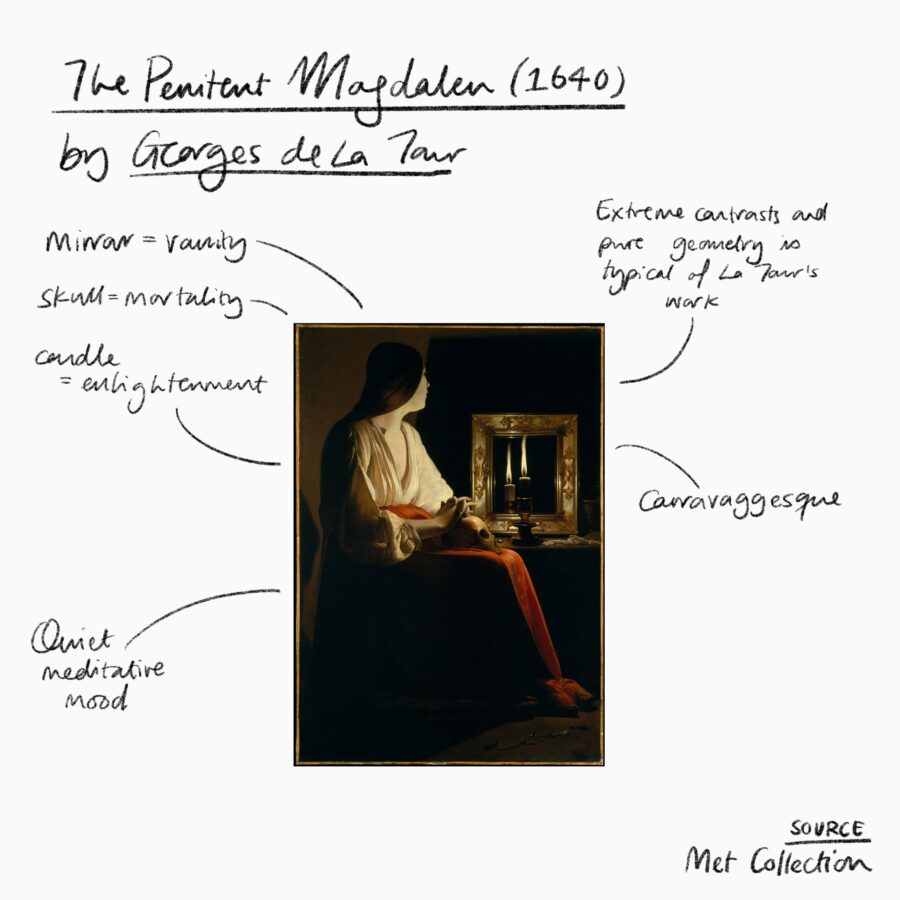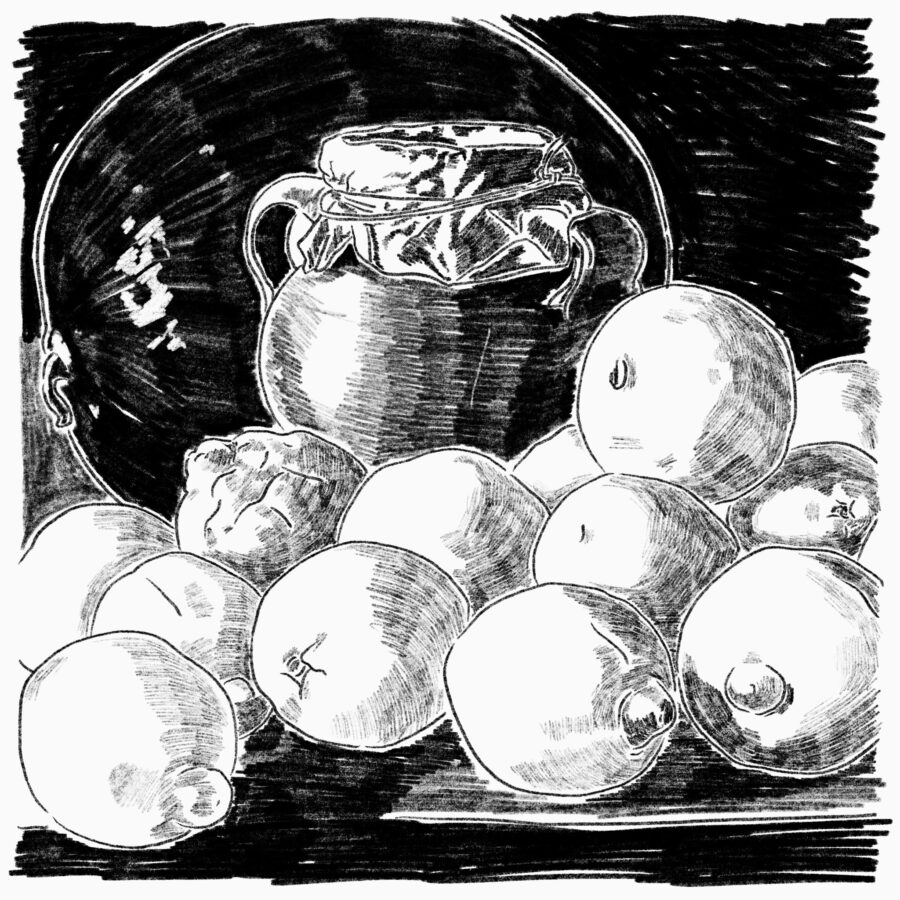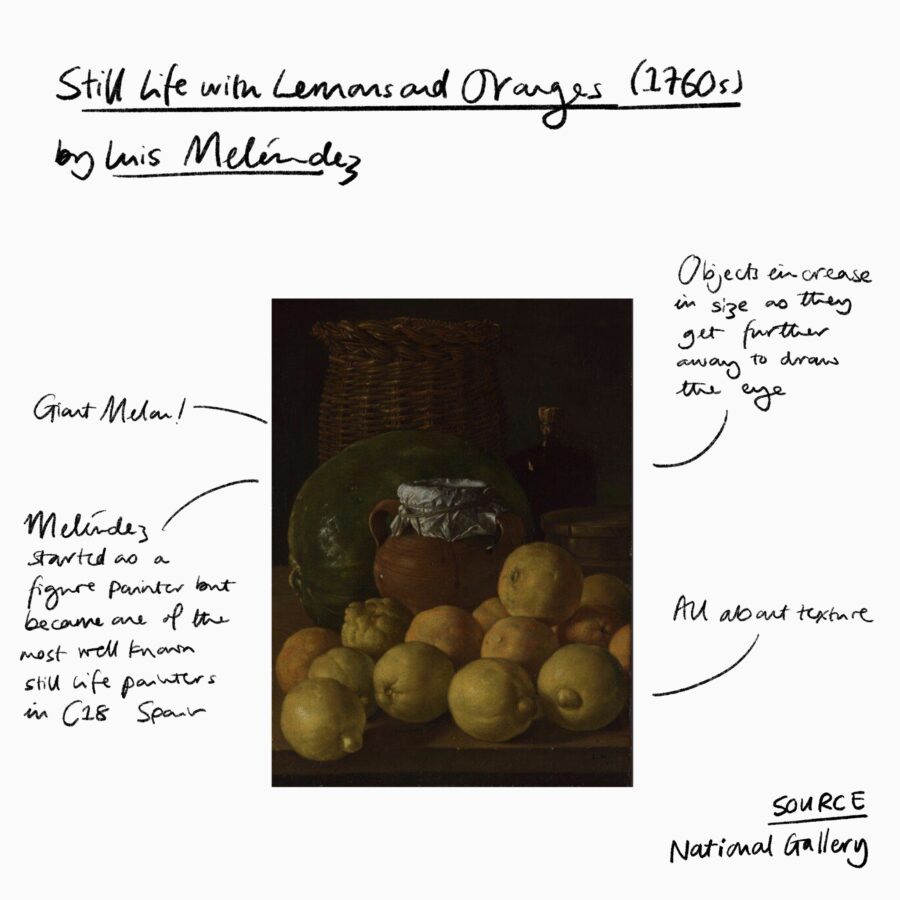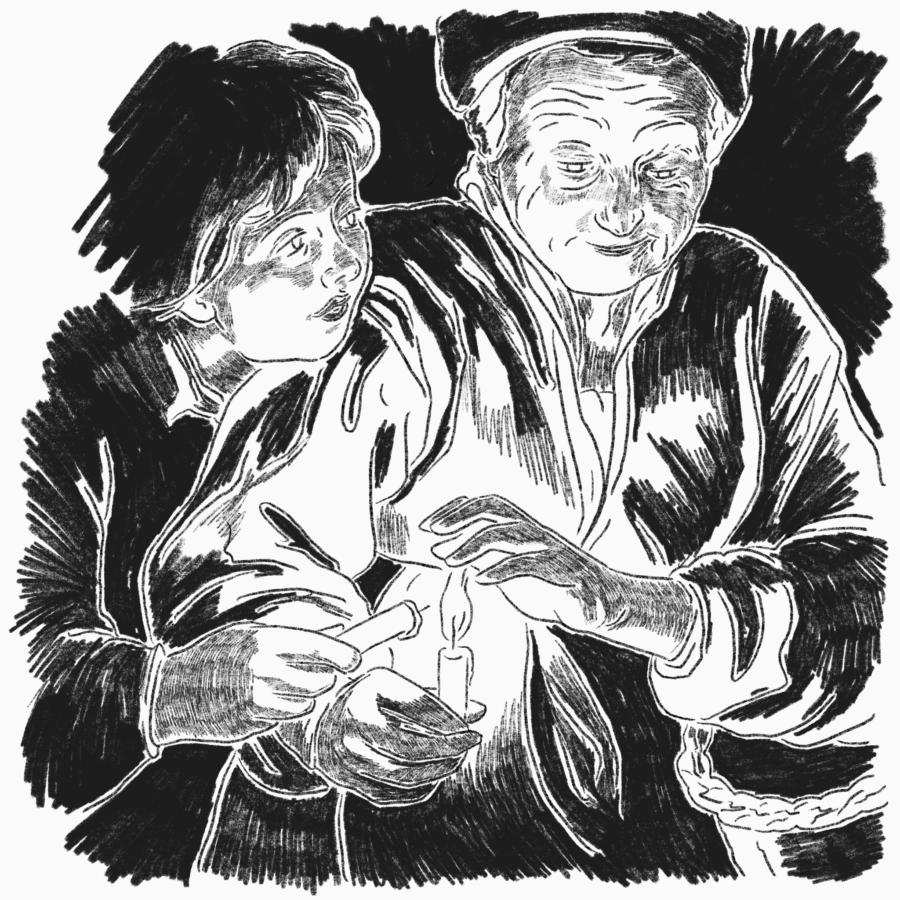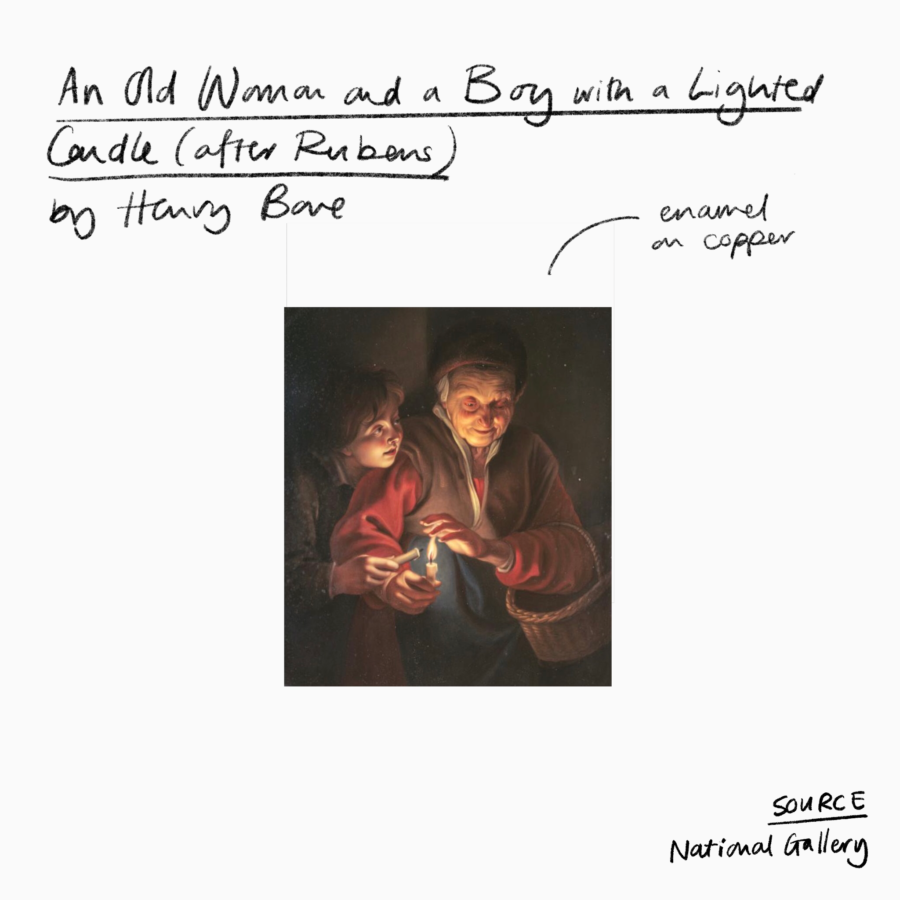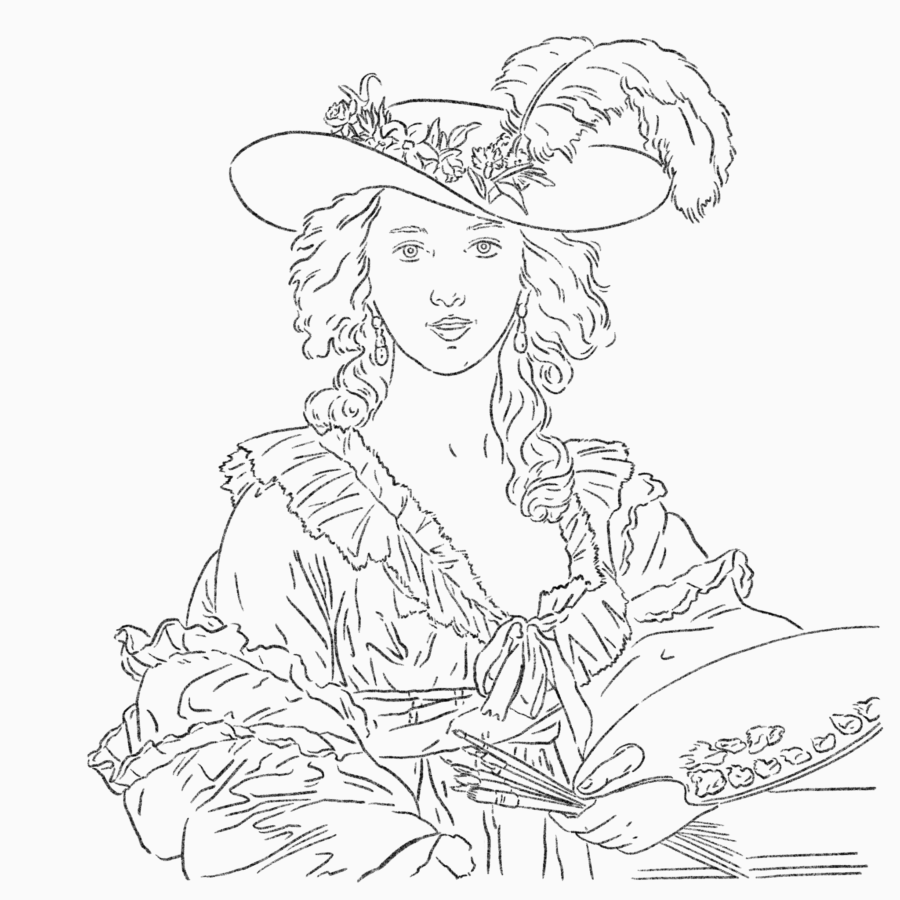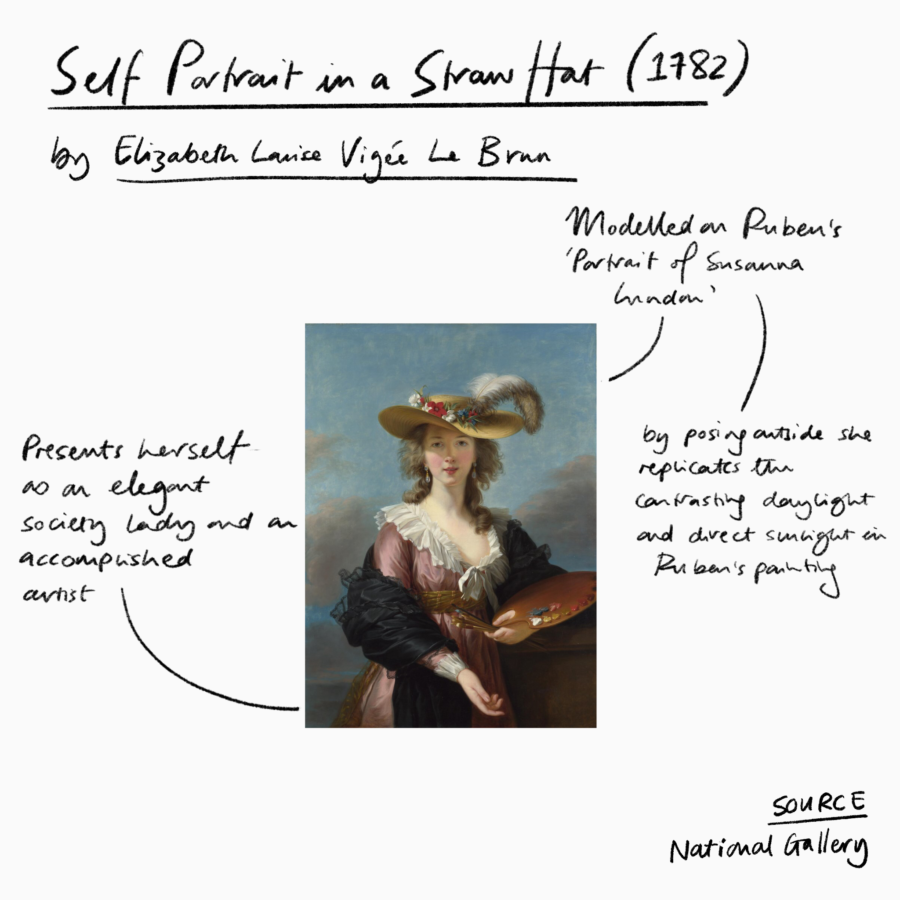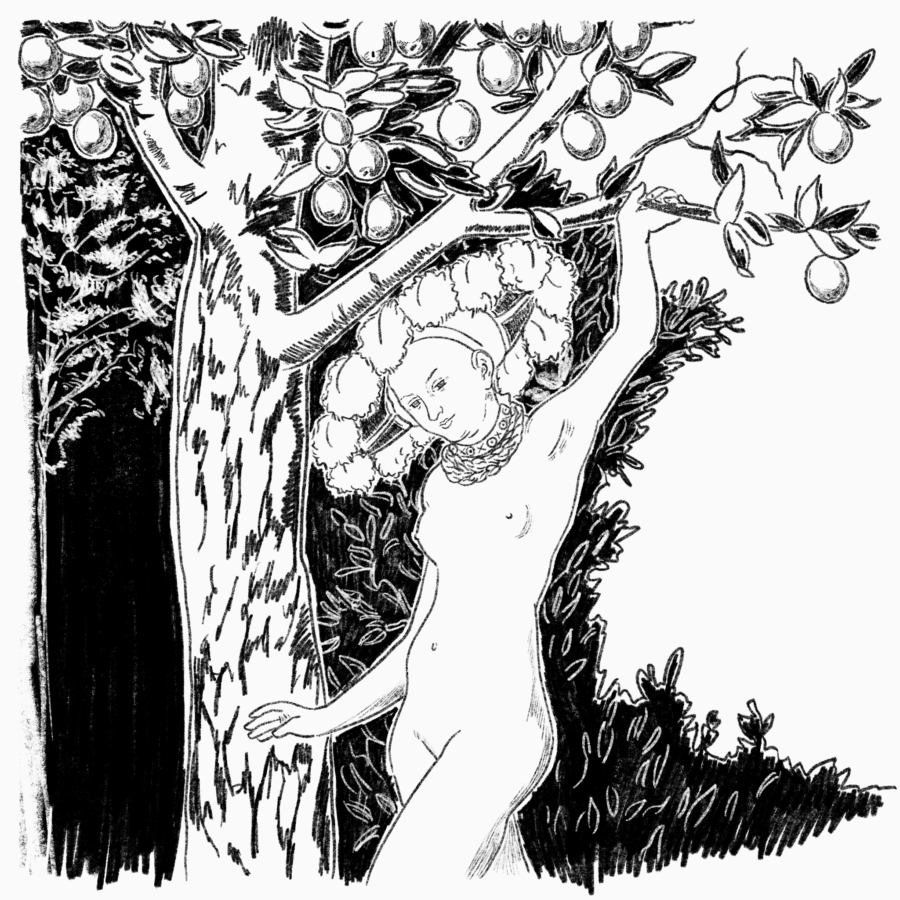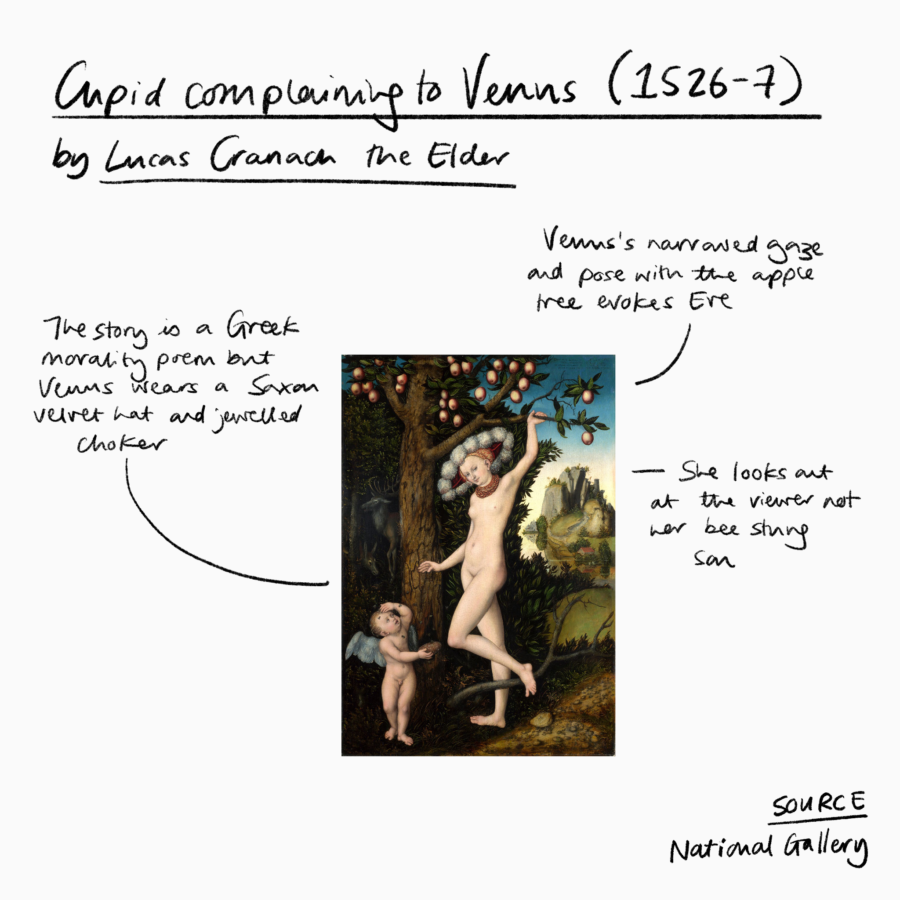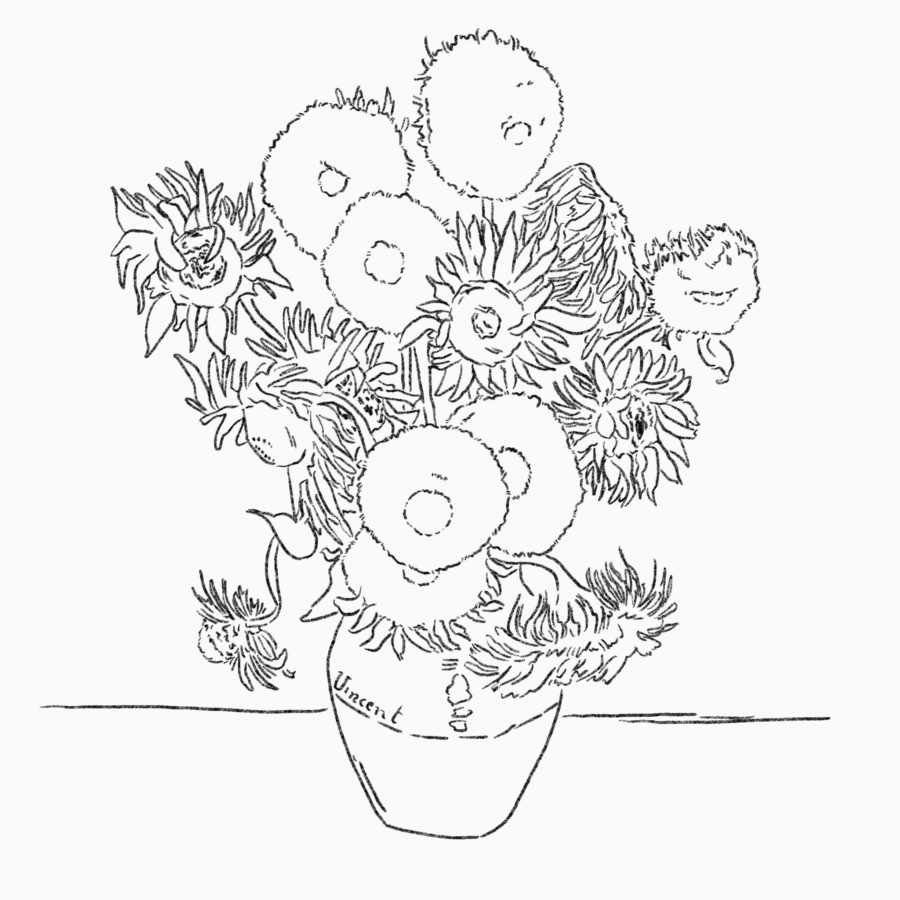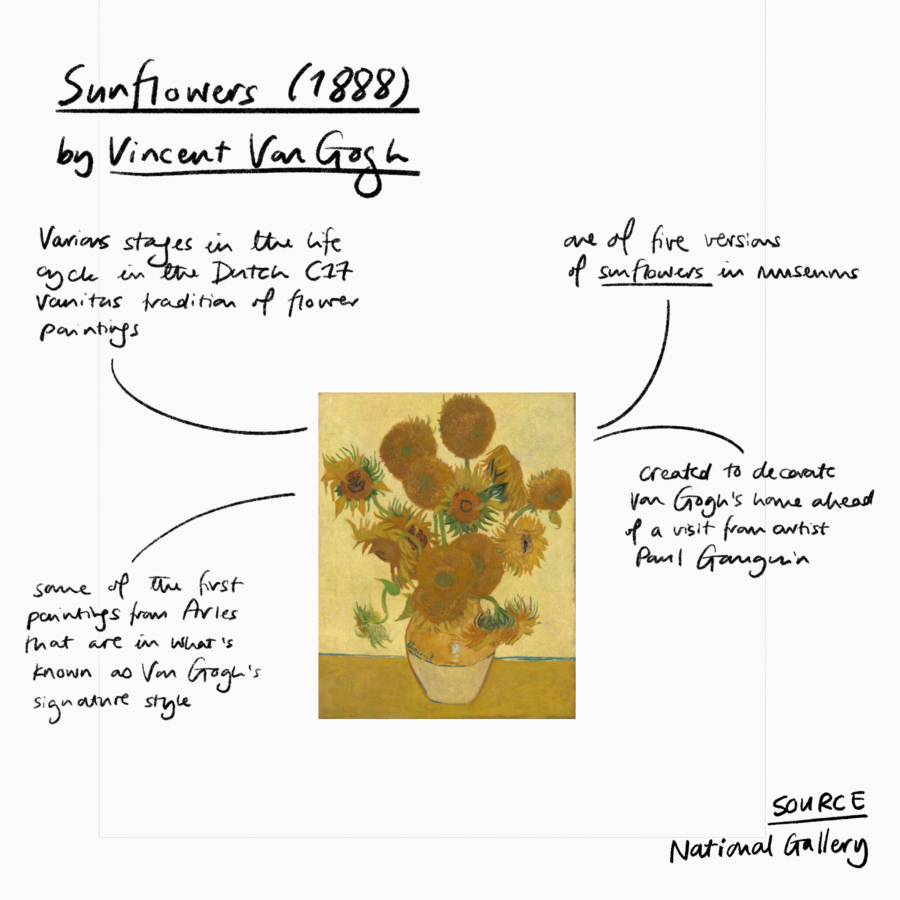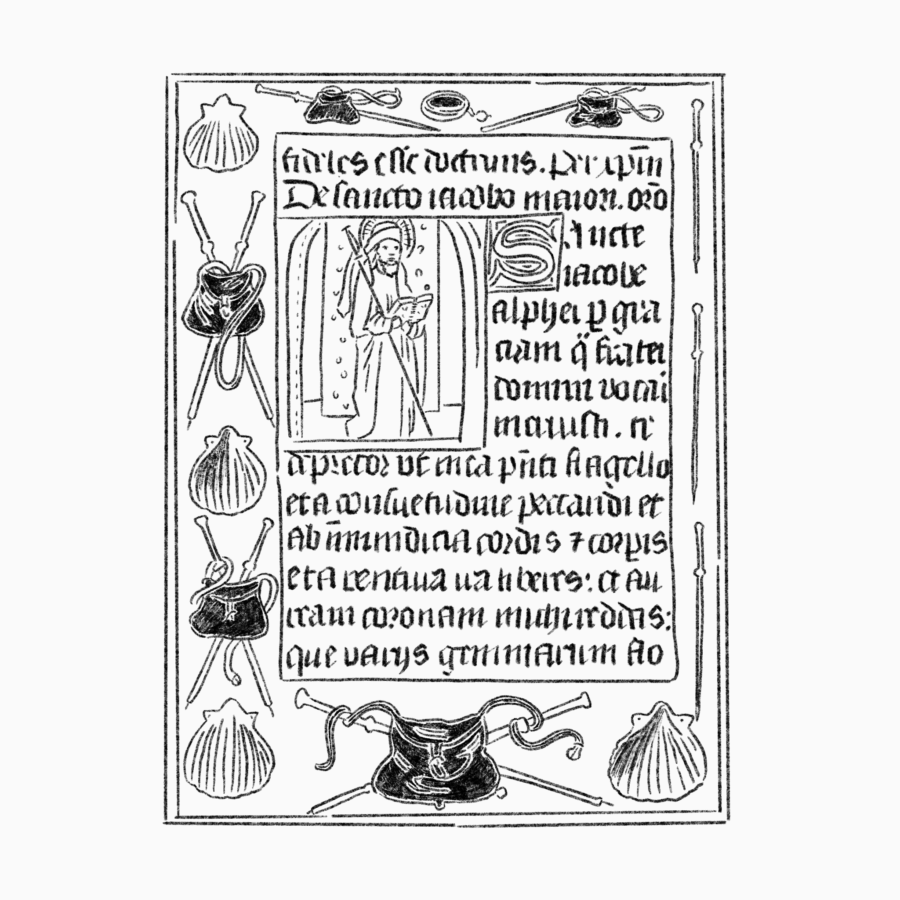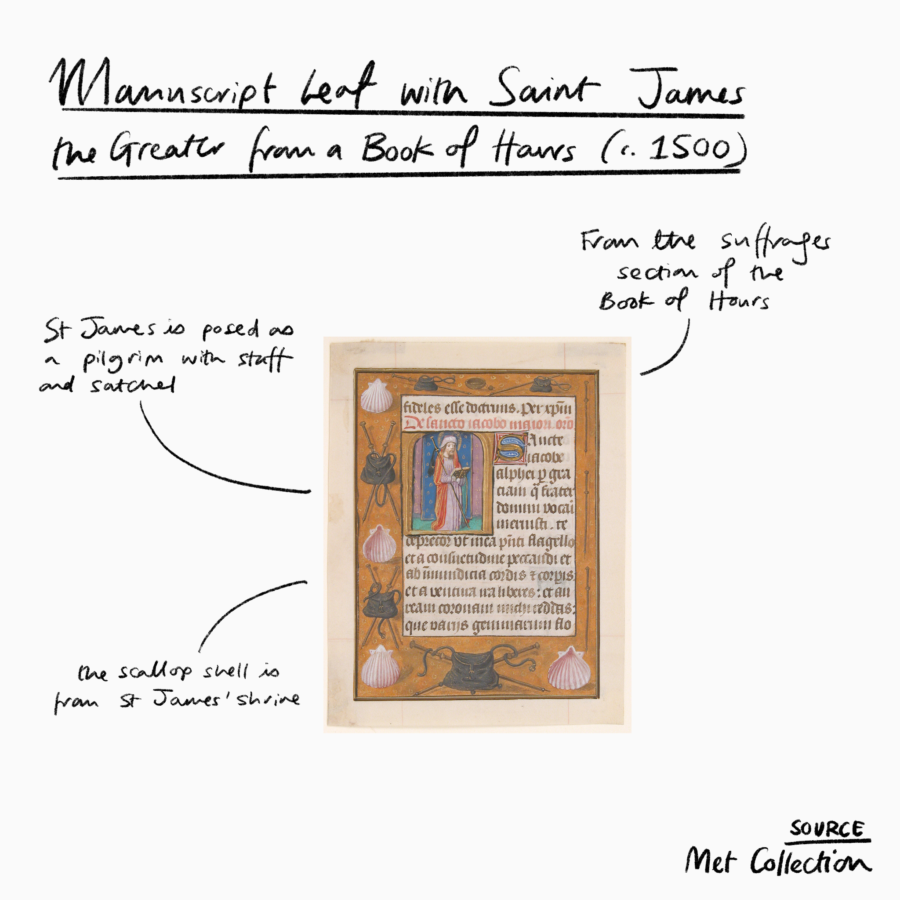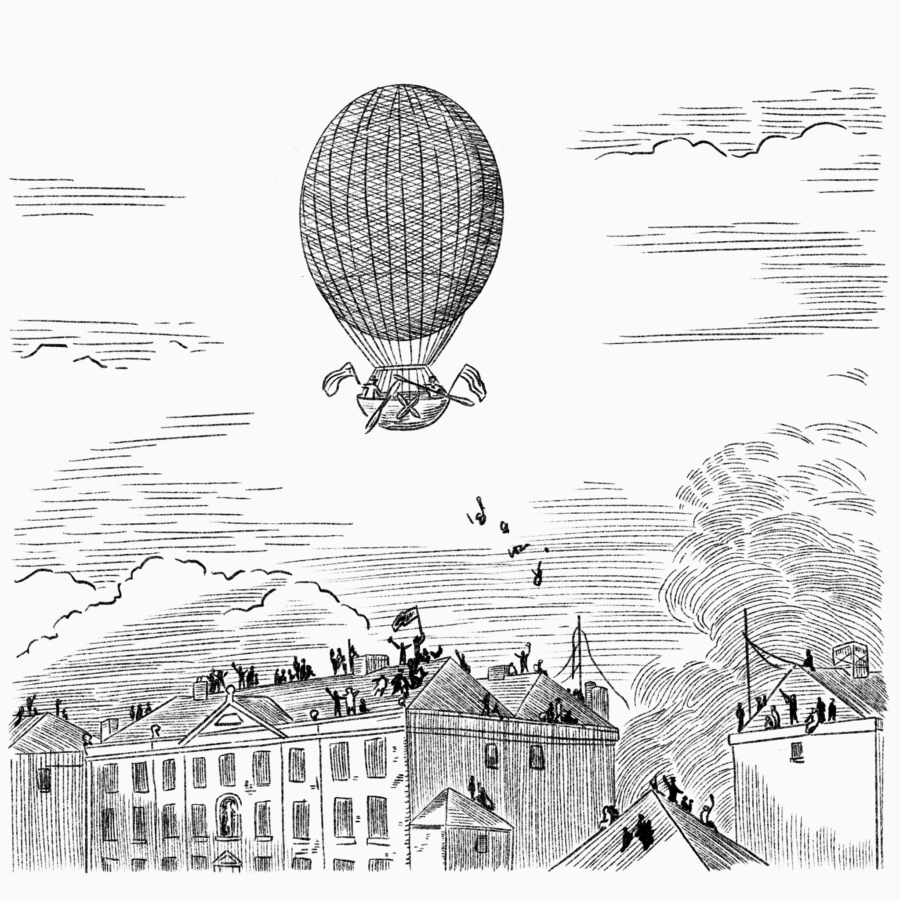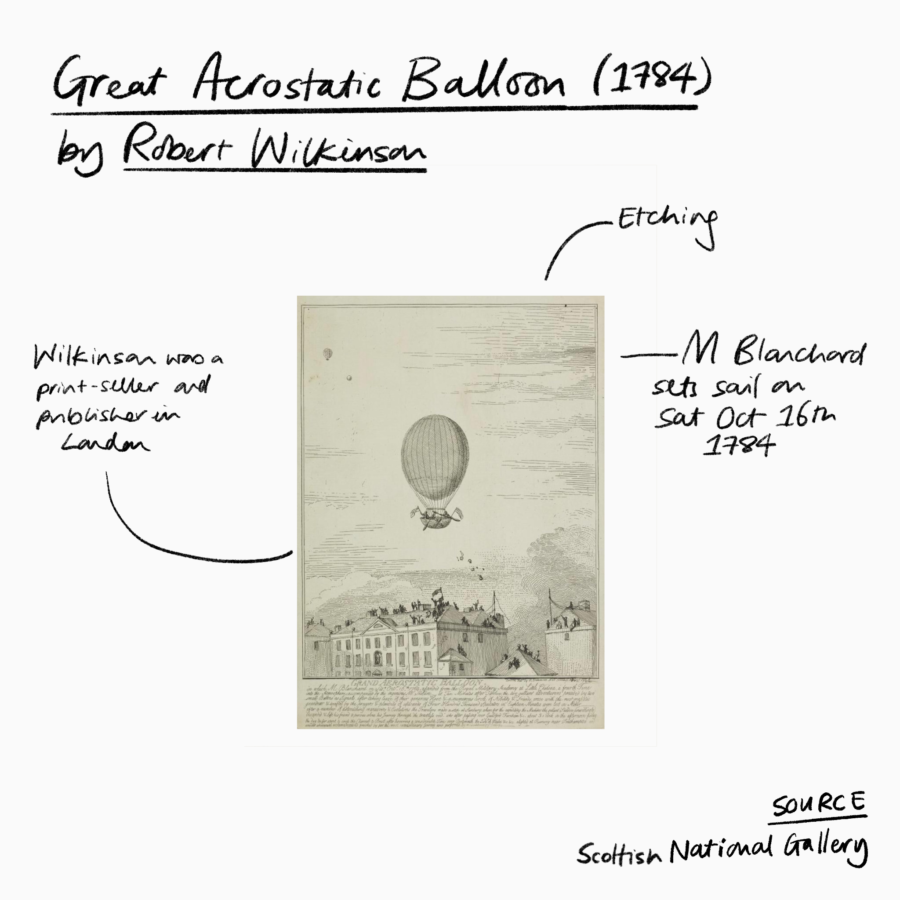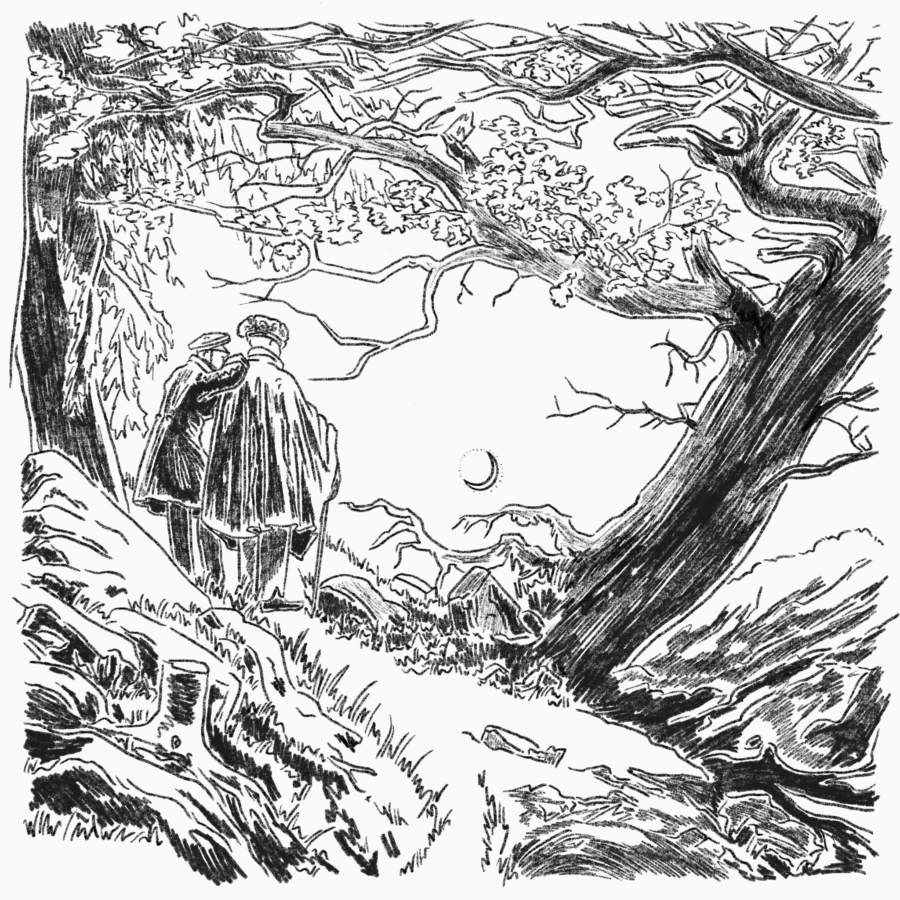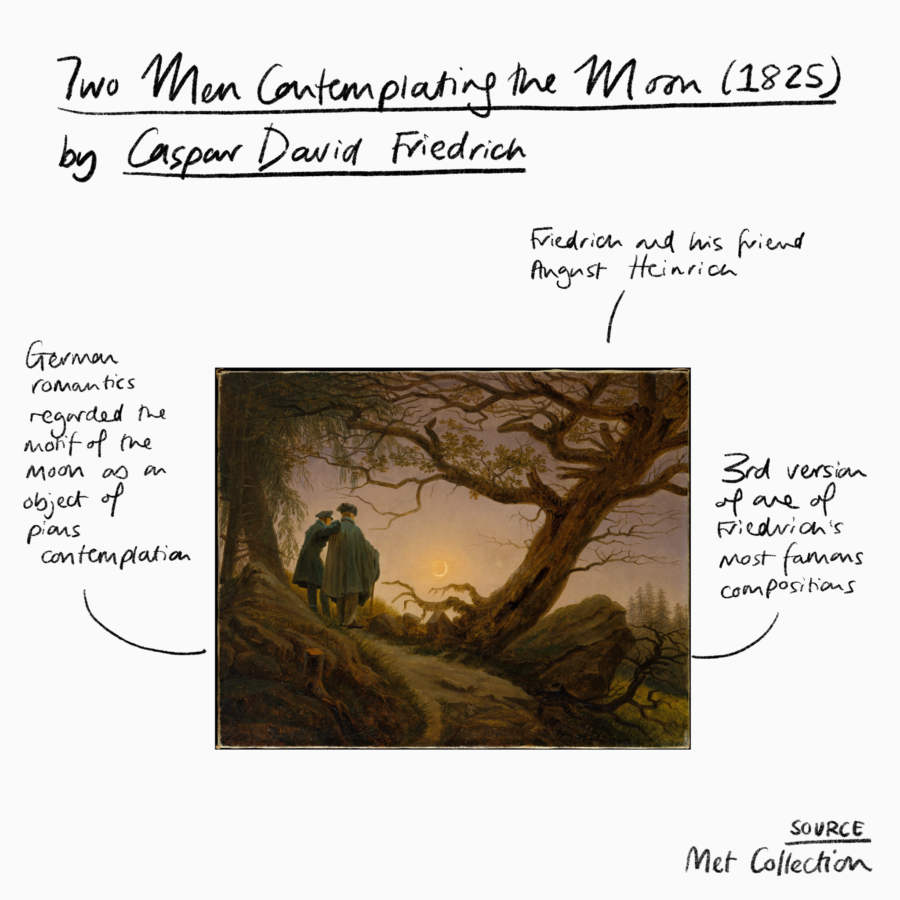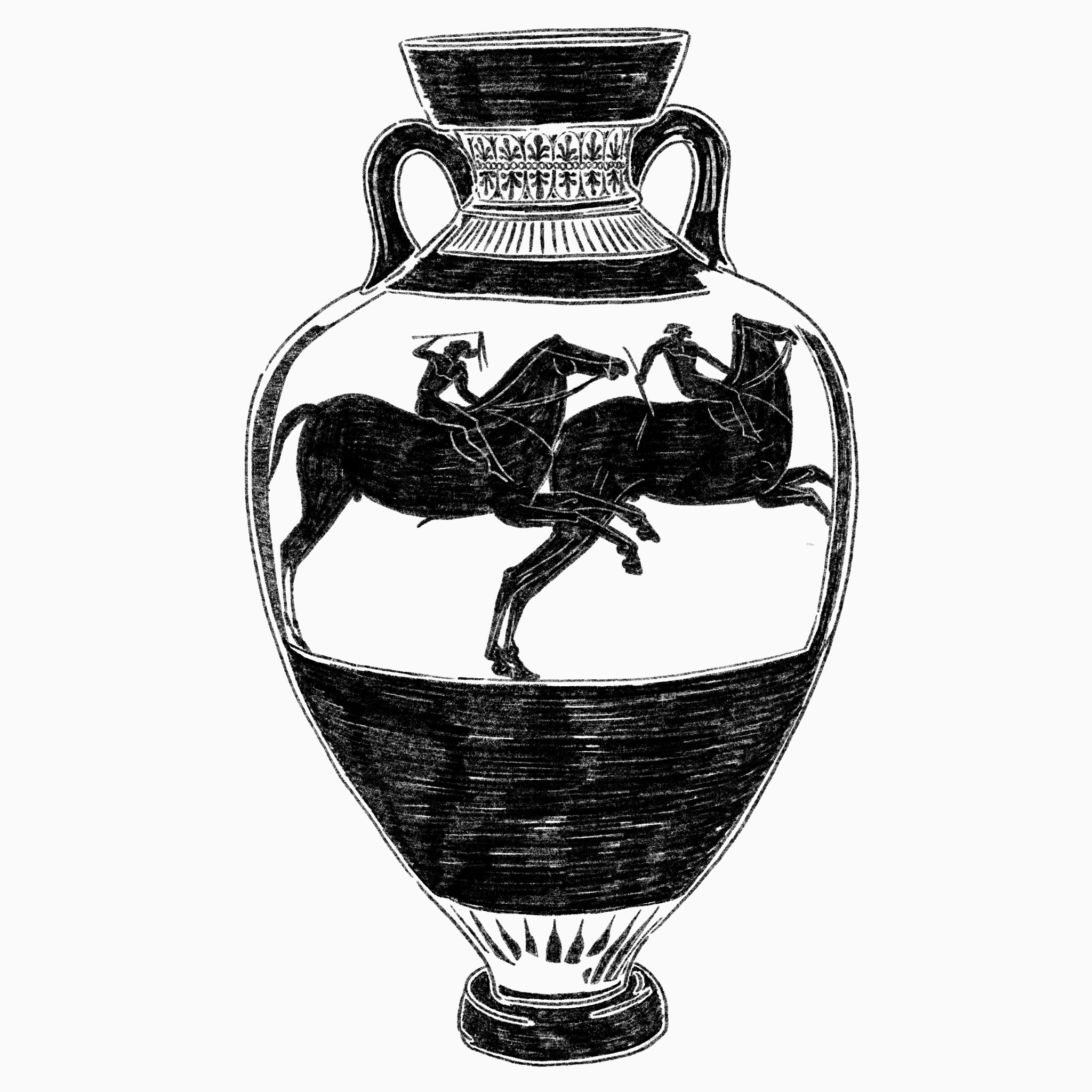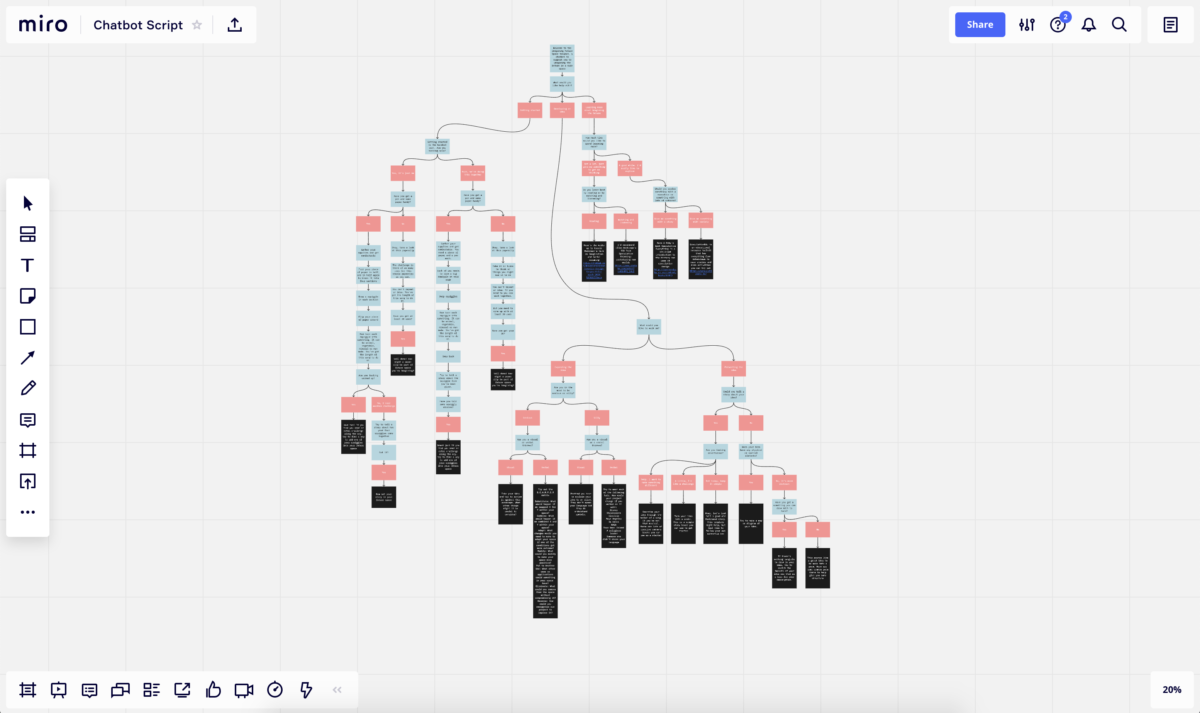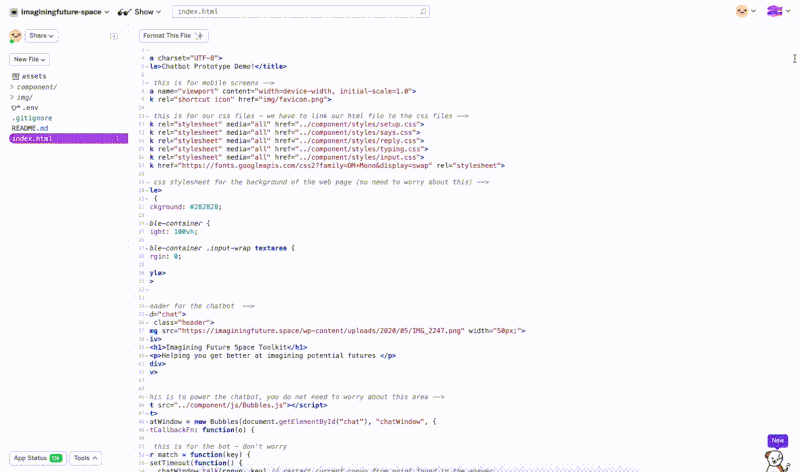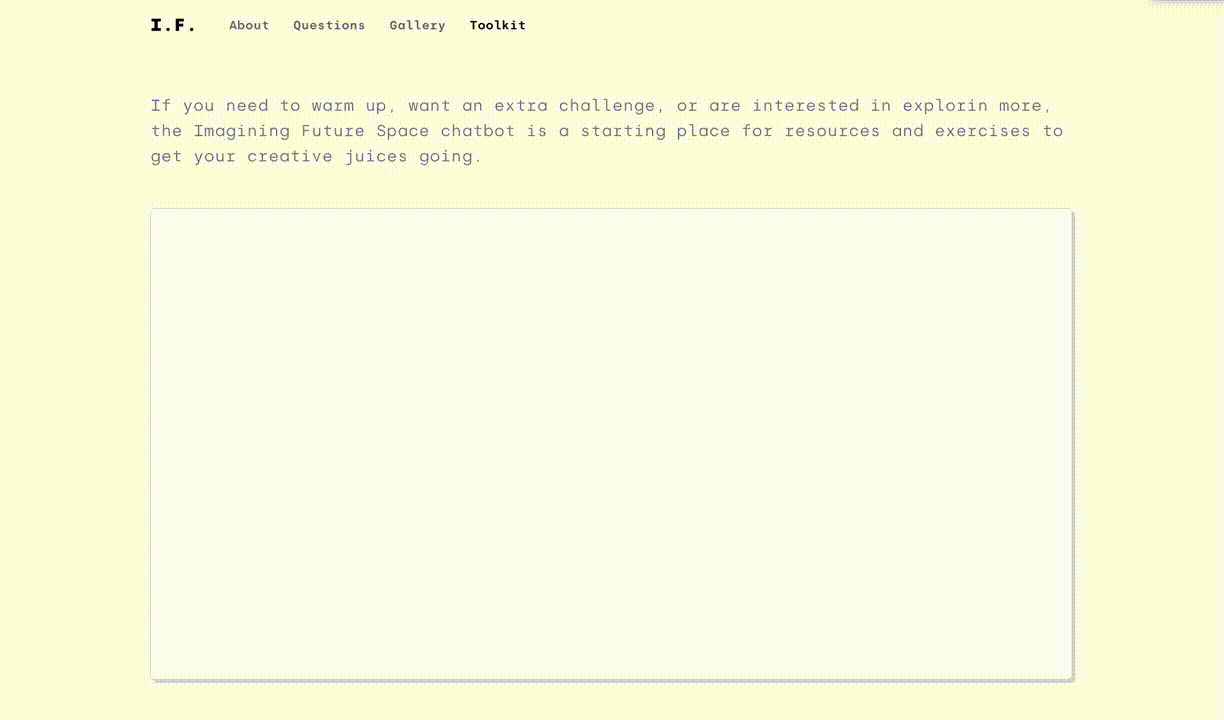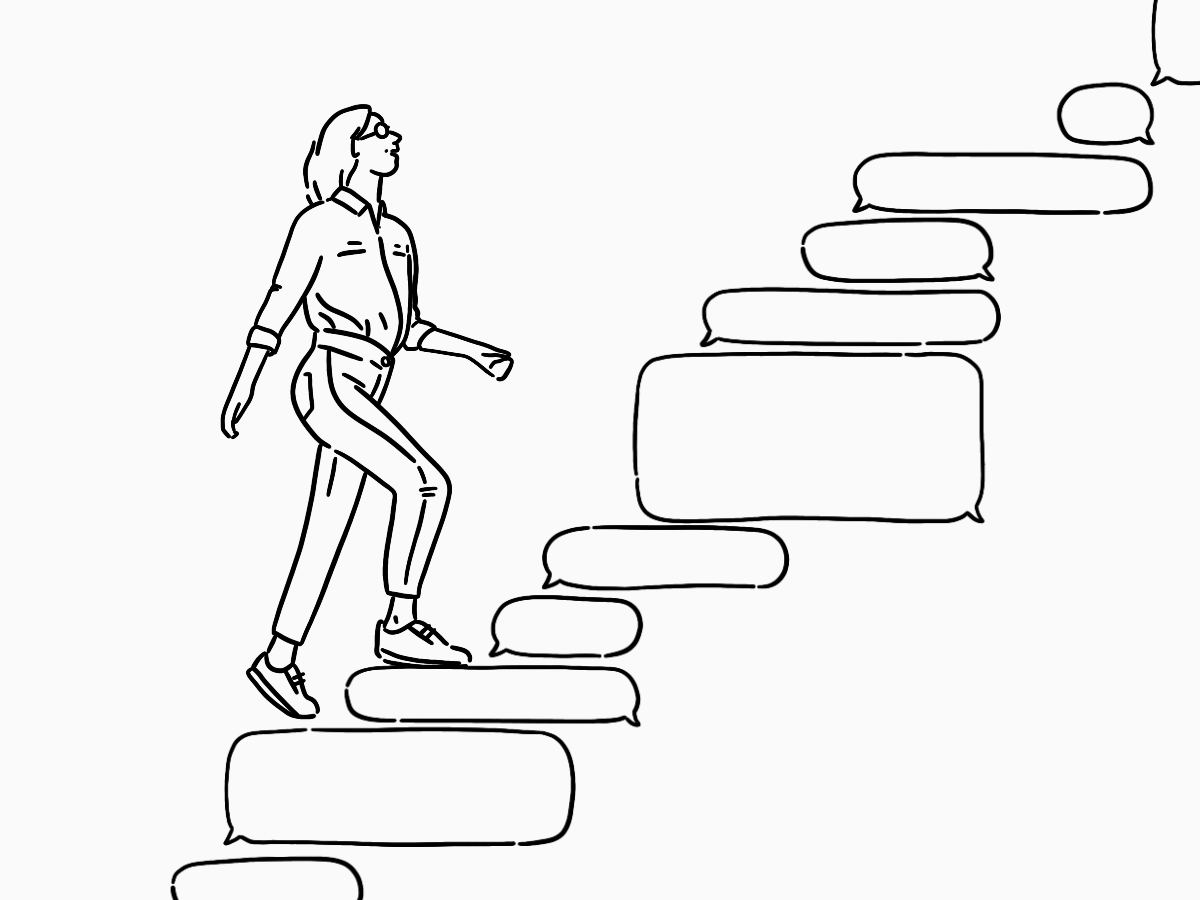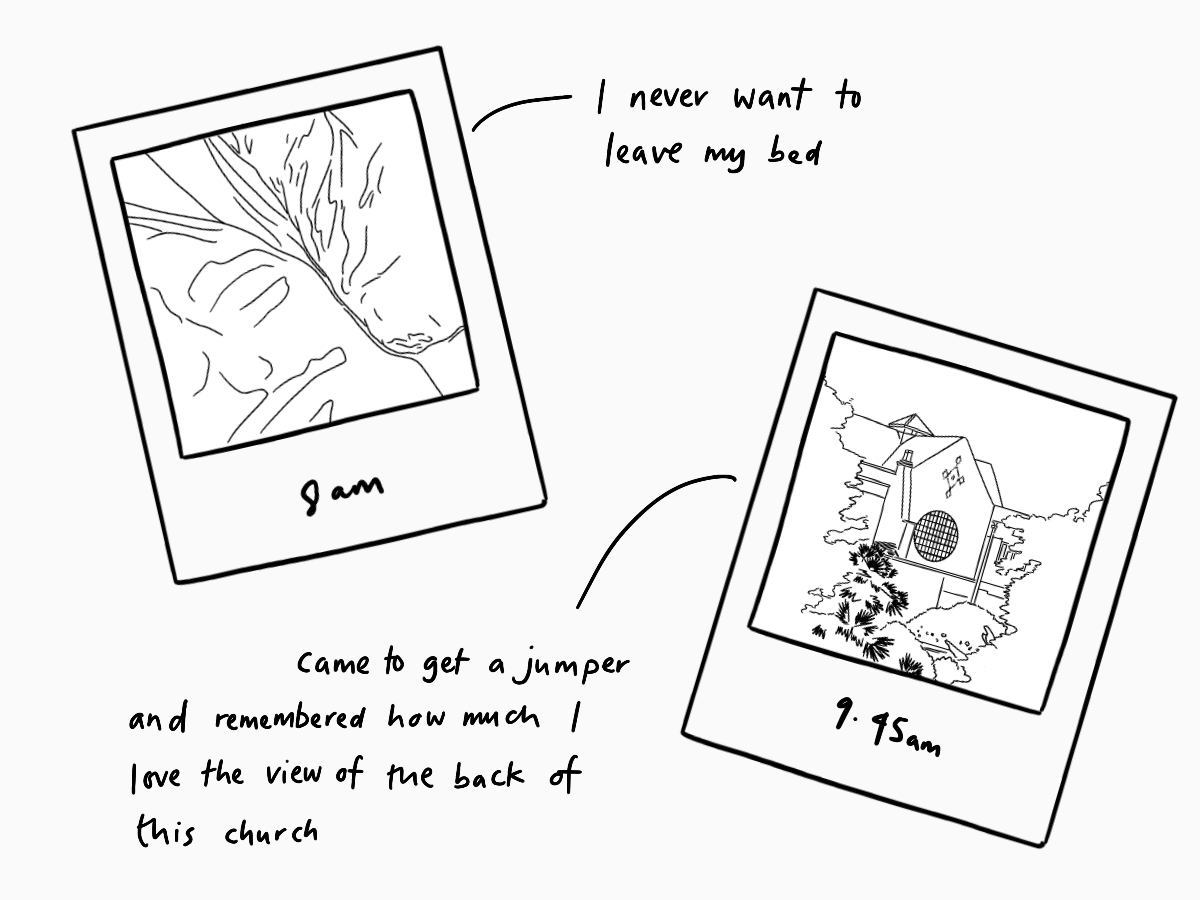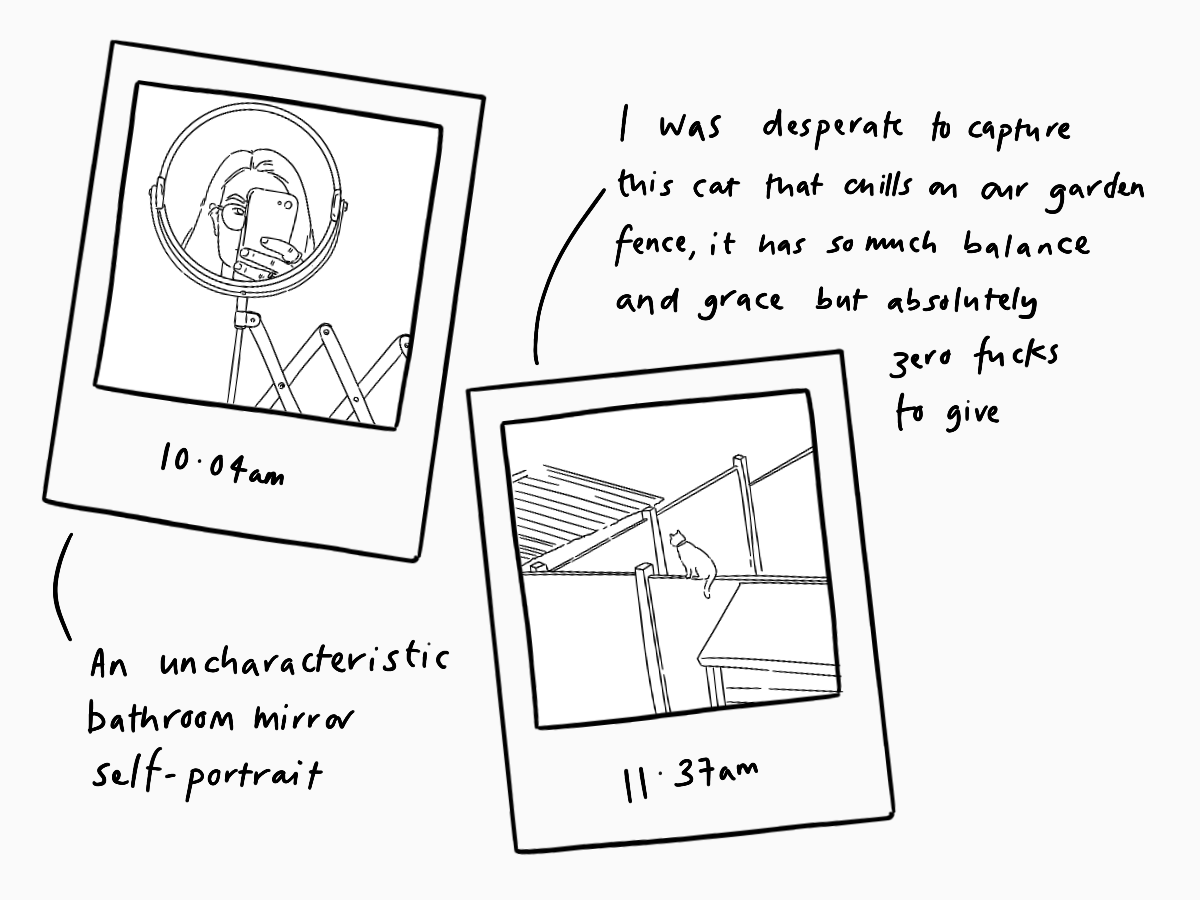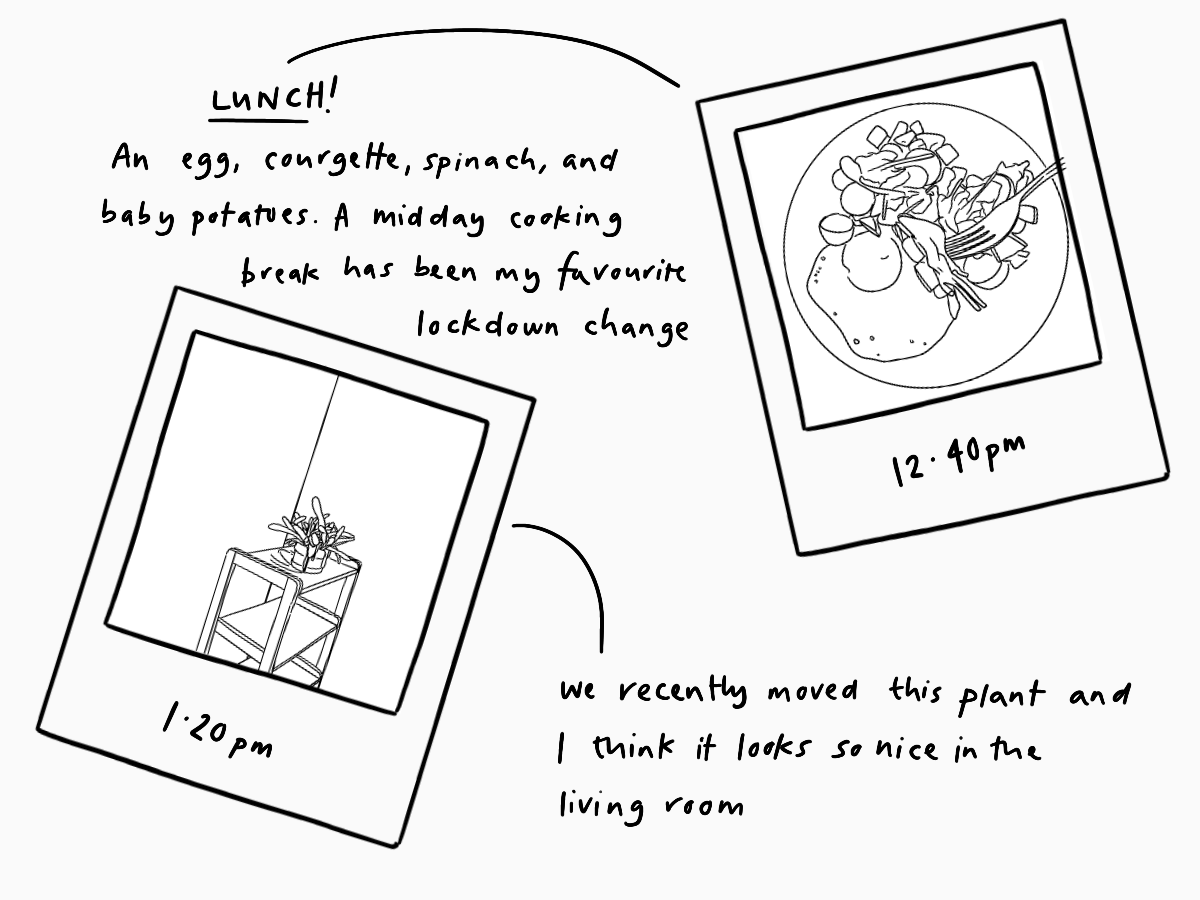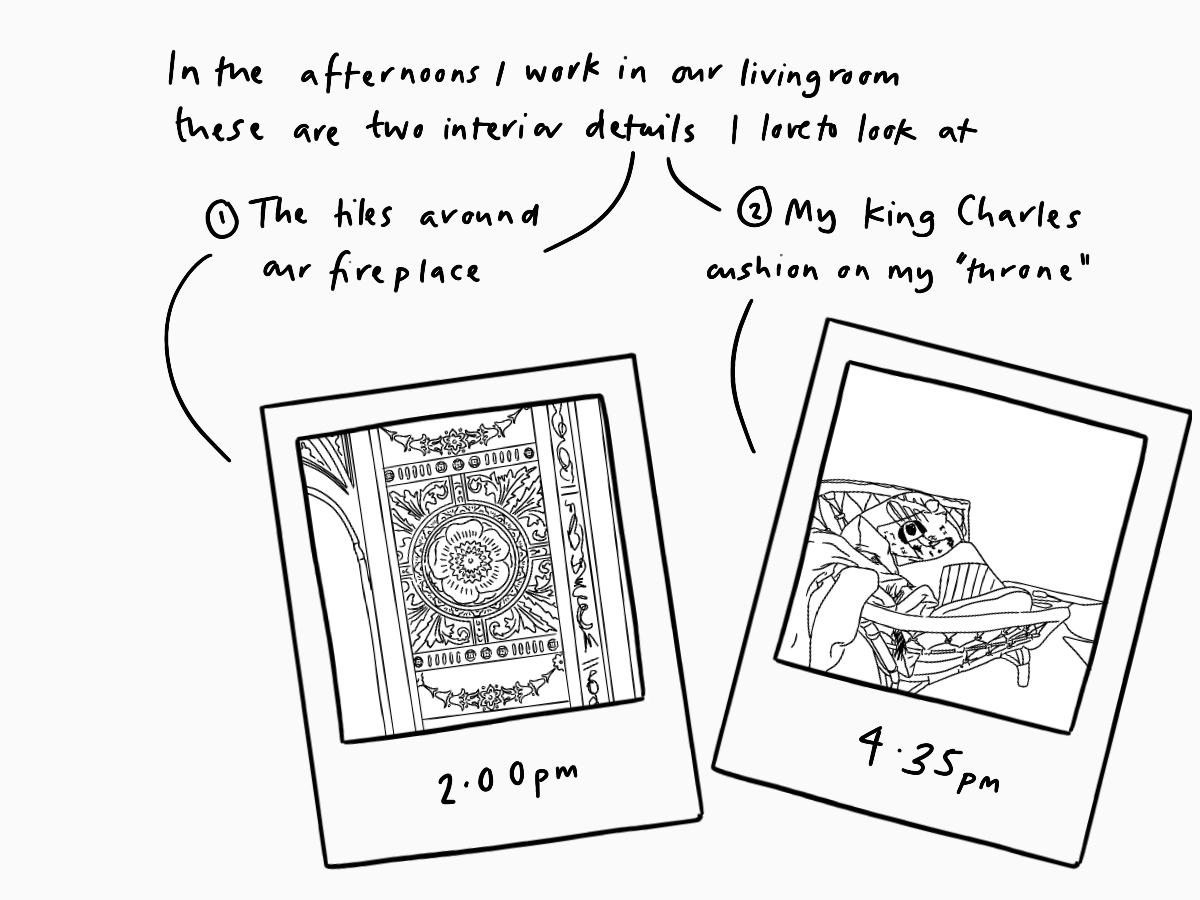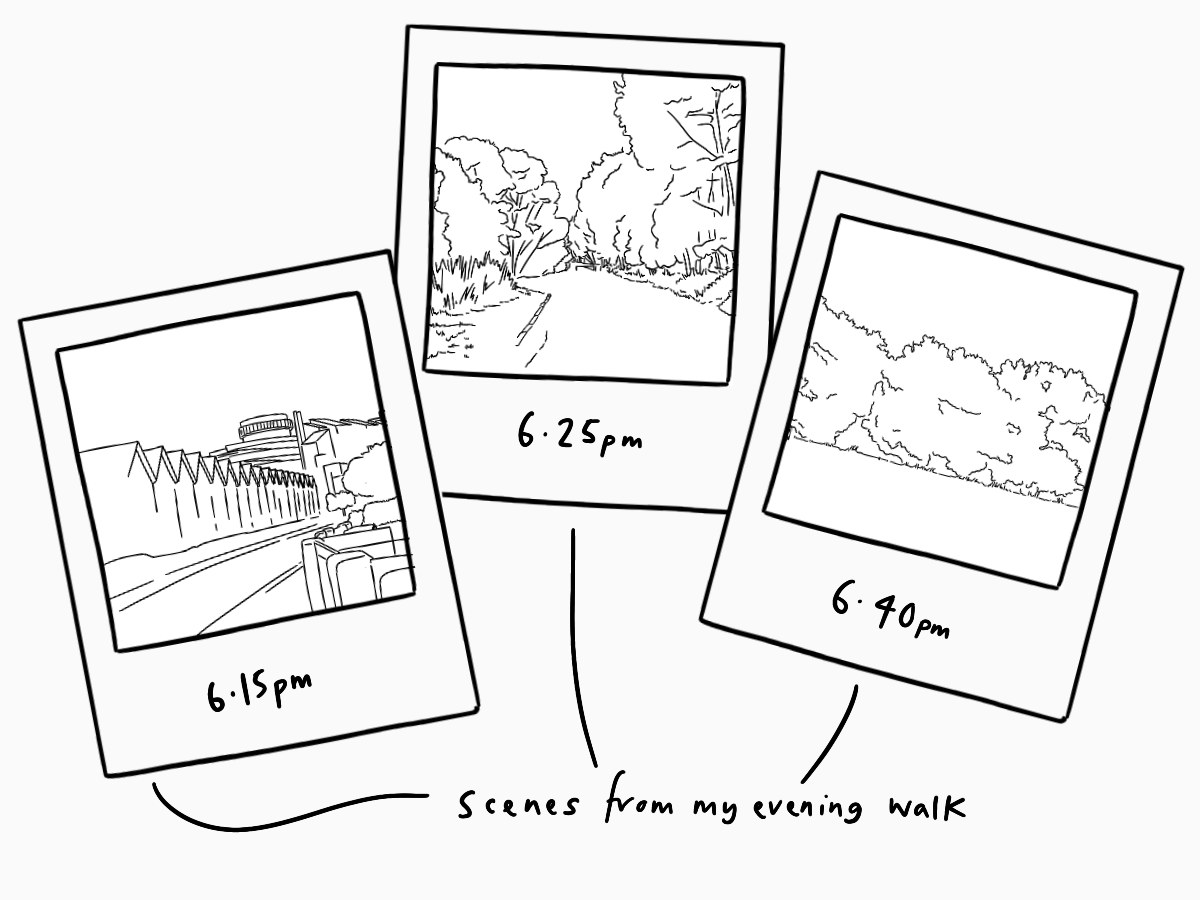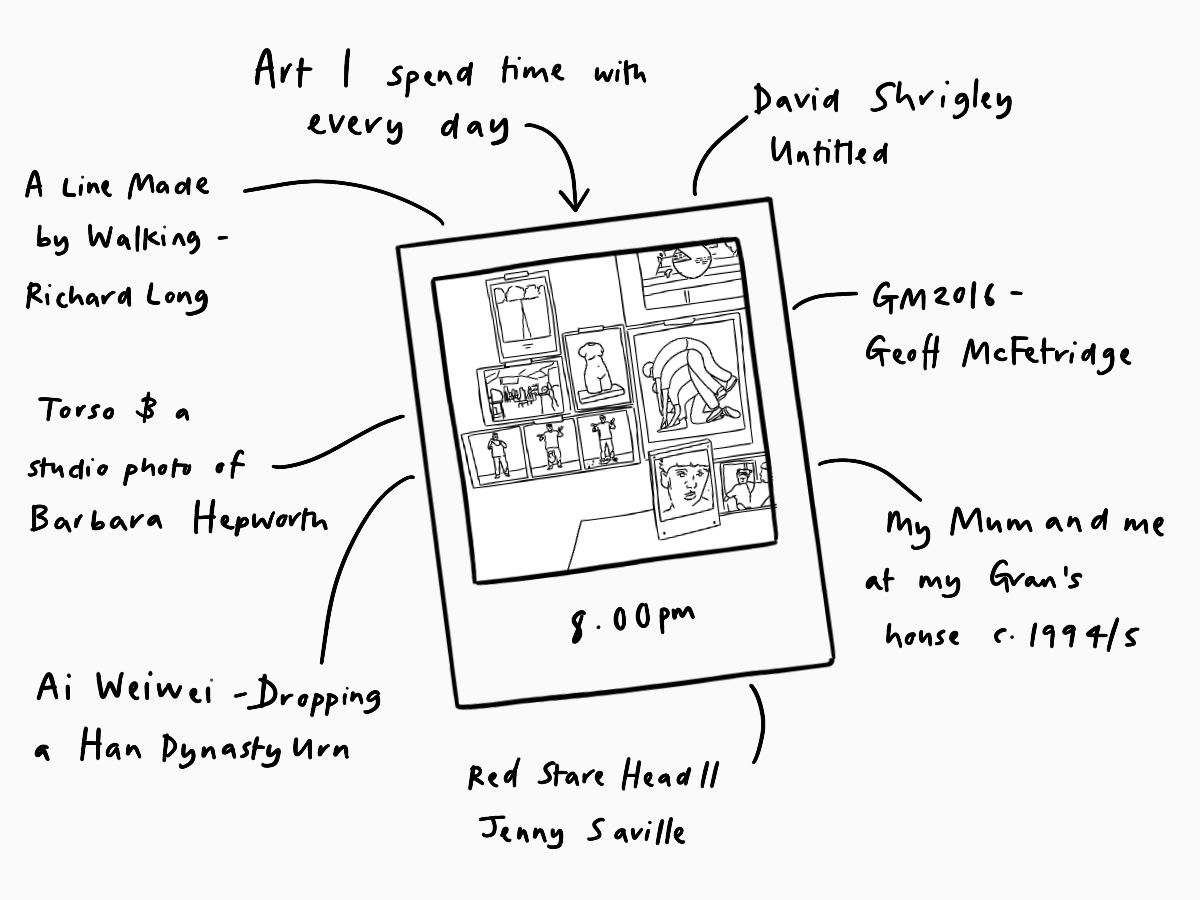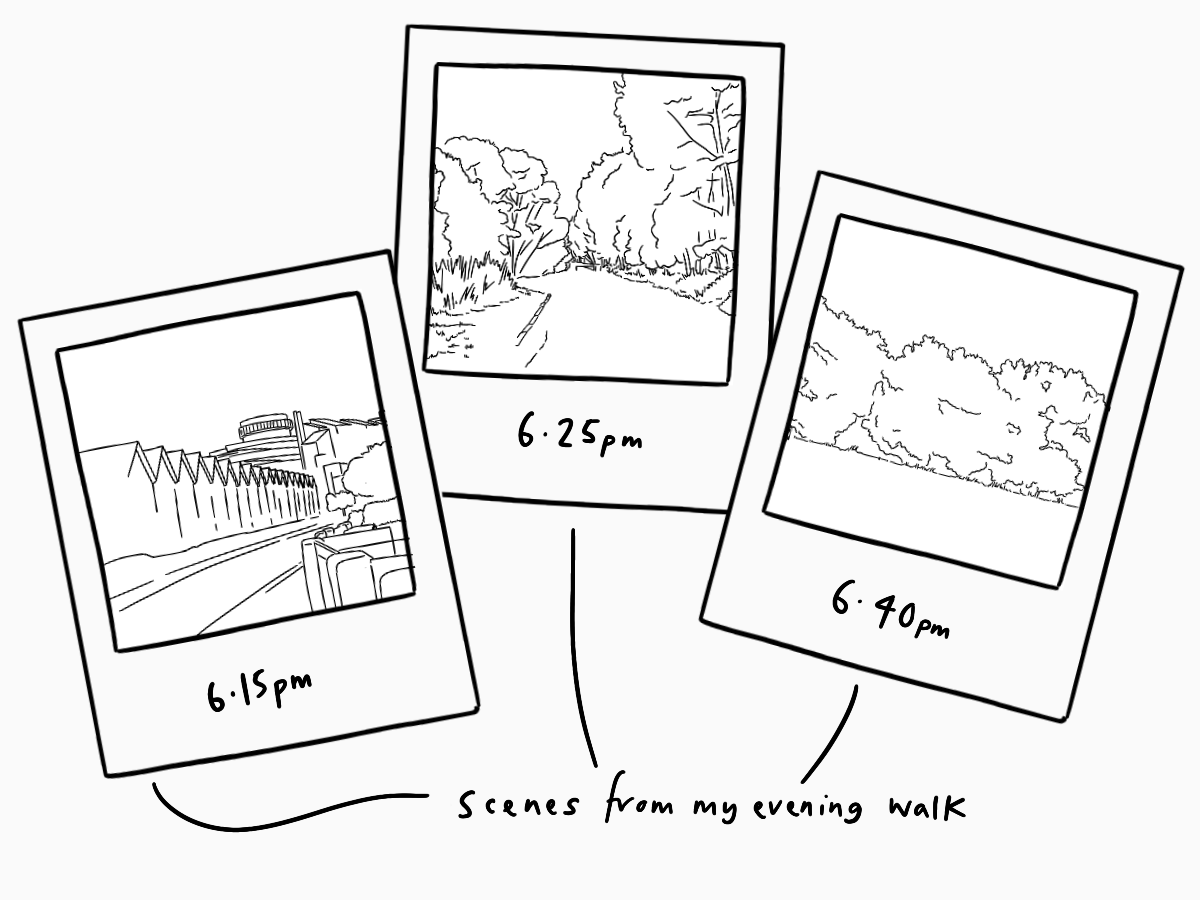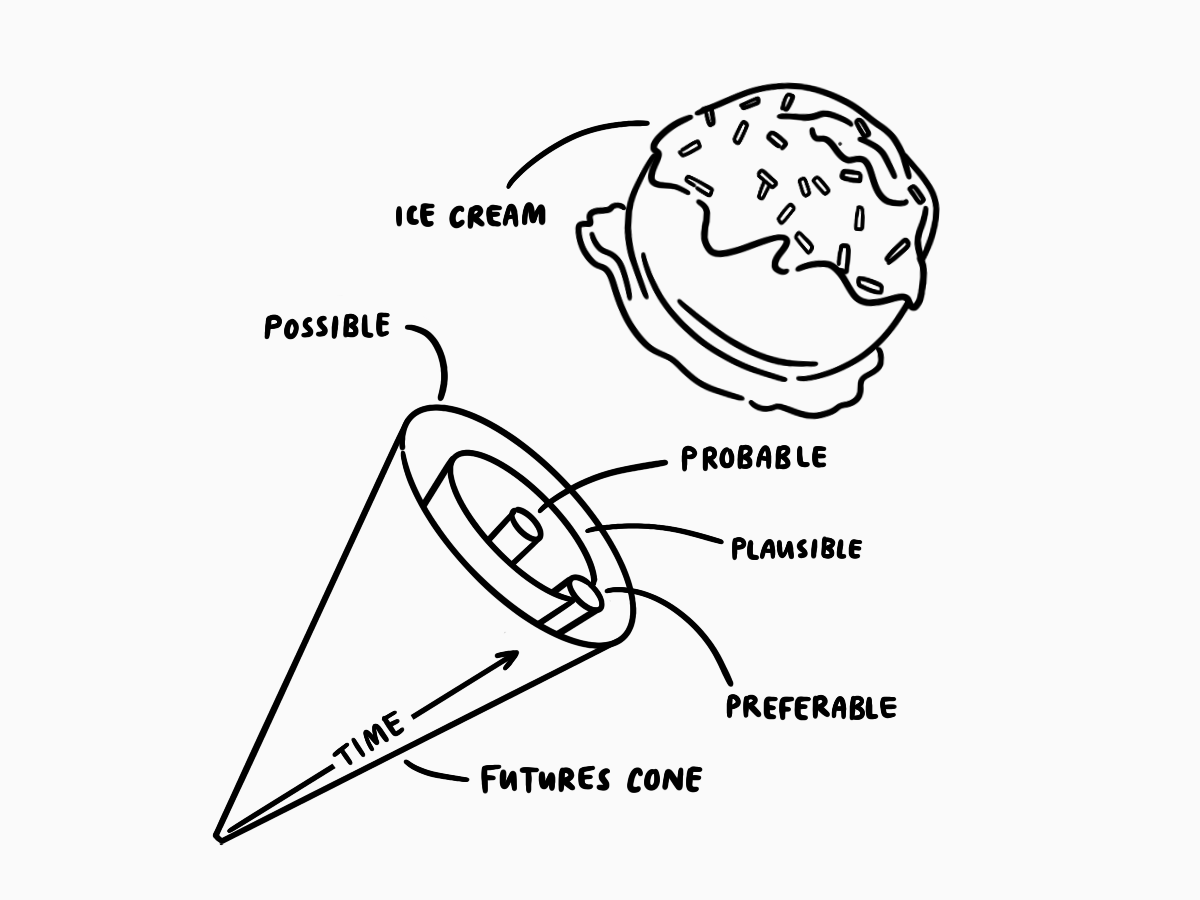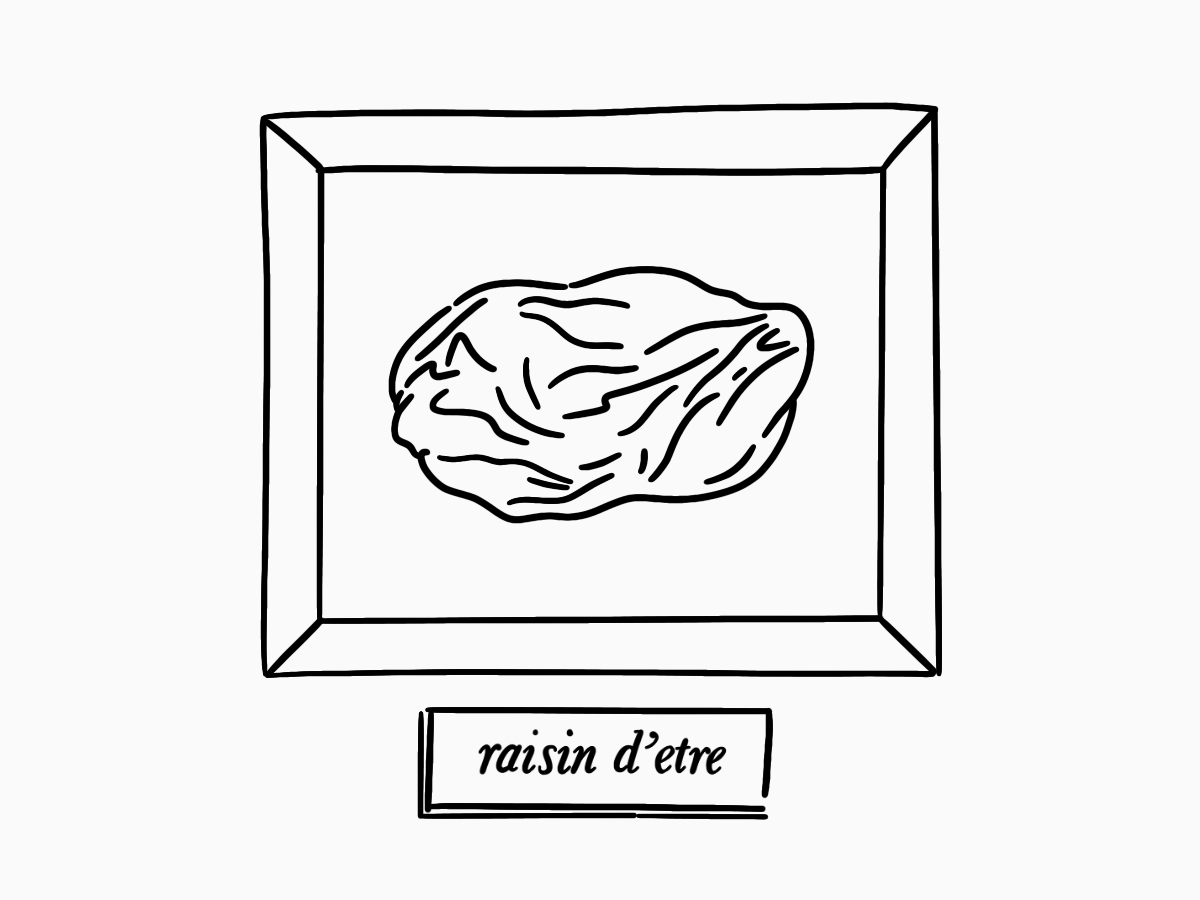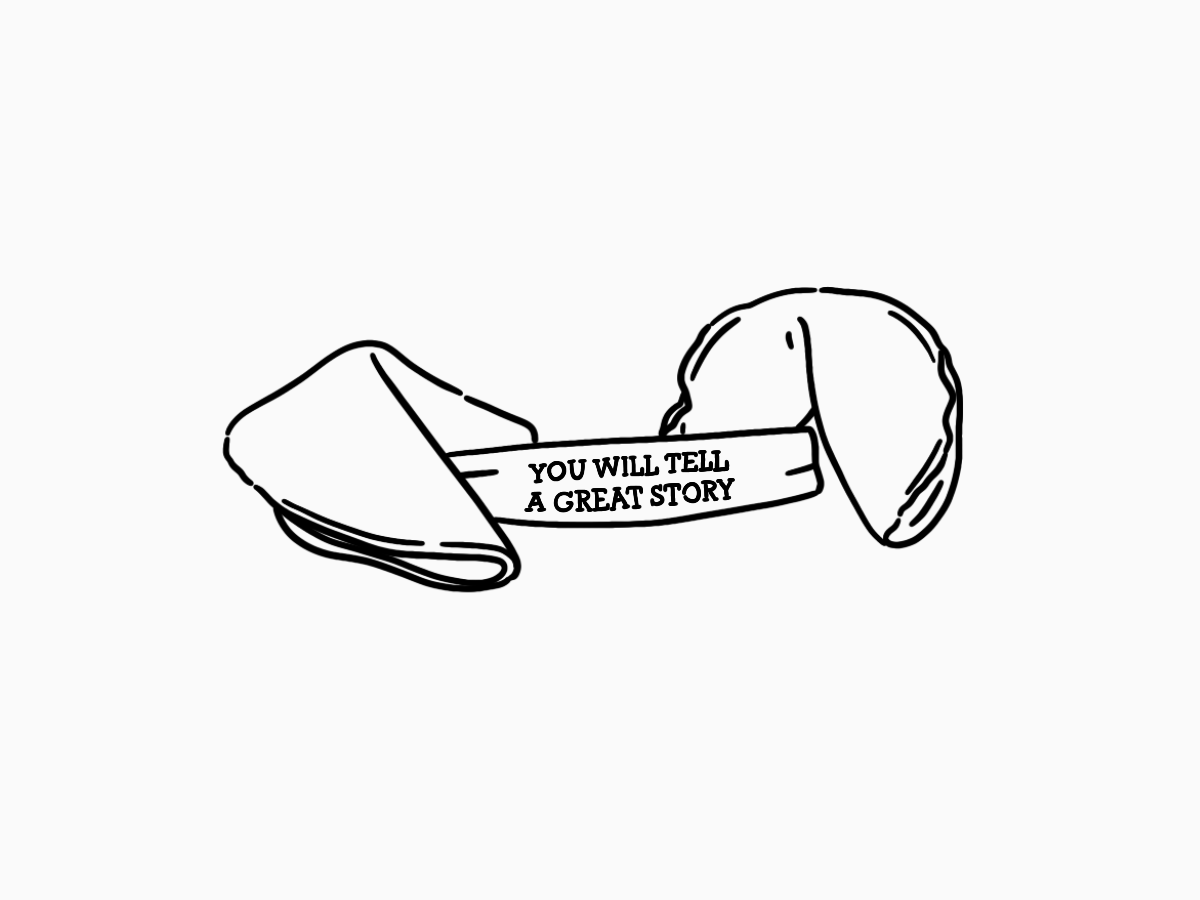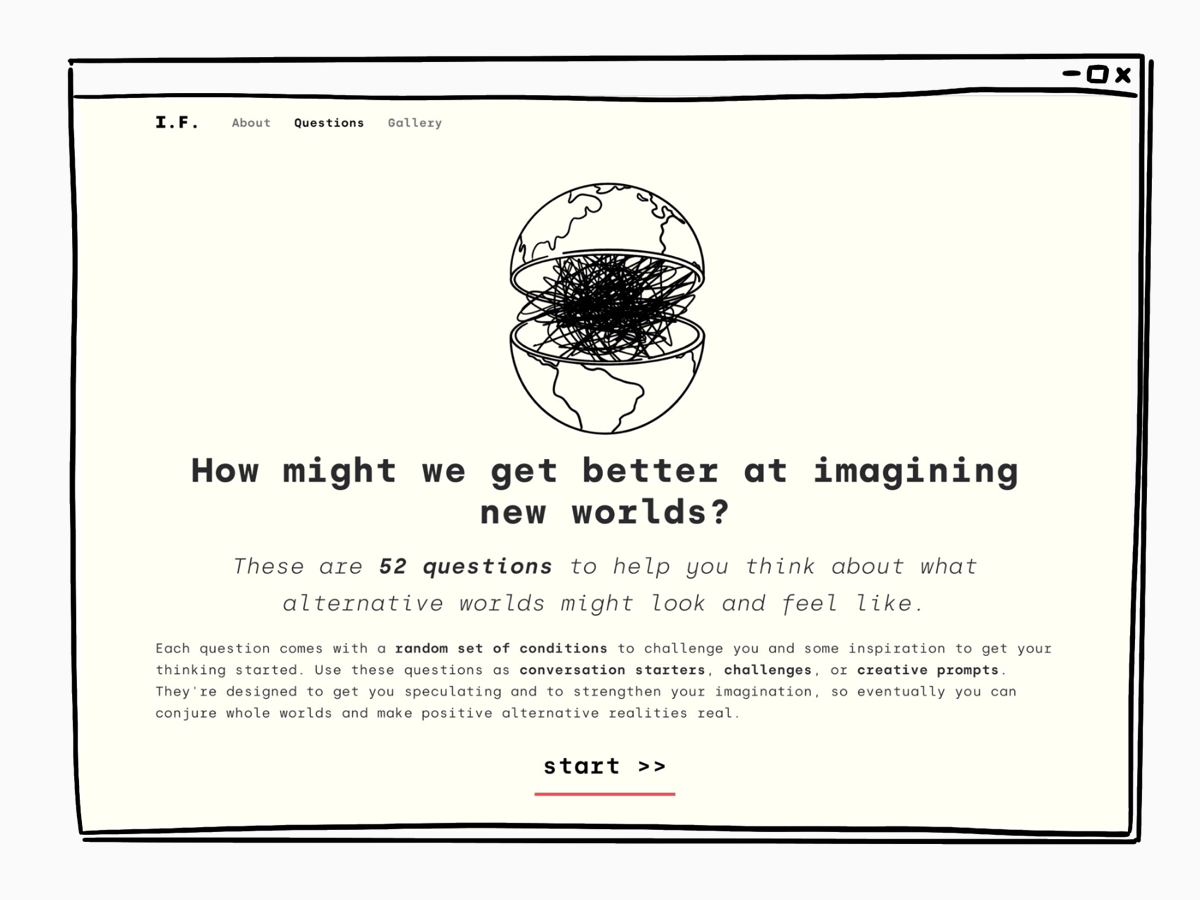I survived Inktober, well Peachtober.
This month I created 31 pieces for the 31 days of the month. This was the first time I’ve ever tried a drawing challenge like this before. In the past, I’d either realised that it was inktober on the 12th of the month and decided it was too late or psyched myself out because I thought I couldn’t make work that was good enough. But after a long while of feeling quite stagnant in my work and seeing Sha’an’s approach to the challenge for the past few years, she’s tried out new materials and styles to improve her work, I decided to give it a go.
I followed the #peachtober20 prompts that Sha’an put together, they’re designed to be quite literal and easy to visualise which I appreciated. But I also wanted to use this as a chance to try something different. So I decided that for every prompt I would do a study of a piece of art history, using the vast array of works available online from galleries like The Met and The National Gallery. That meant I was just focused on drawing and drawing in new inspiration. Then to further differentiate this month from my usual work, I decided to focus on sketchier pieces with texture and more shading.
I followed those rules and made 31 pieces. I have to say I started a little before October so I could build up a little buffer of sorts to ensure I kept posting even if I had bad days, but I did pretty much draw something every day for the month (except for Sundays).
This is my month’s work.
Throughout the month I kept a little log of all of the challenges, my favourite pieces and things I wanted to continue after October and I wanted to share a few reflections more publicly. So here are 5 things I learned doing my first drawing challenge.
Just drawing was fun but that doesn’t mean it’s not hard
I really enjoyed just getting to work from other people’s pre-perfected compositions and focus on the skill of drawing. My illustration work is usually really focused on telling a story/making a point so I spend as much energy on the idea as the execution. But because this was all execution based I put way more time into details that I skip in my own work.
Give into the prompts
Through the prompts Sha’an shared, I drew things I never would have thought to try on my own. It was so fun to just give over control and get inspired through a constraint. When it comes to personal work I usually have to come up with my own constraints and I haven’t had as clear a defined set of parameters for drawing since I was doing GCSE/IB art projects which had to respond to a theme.
I actually quite like texture
After years of very simple, flat line based drawings it was a bit of a surprise to see how much I liked working with texture and that I could even create something different. It was new but it still looked like my work, at least I think it did.
There needs to be more negative space in my work
Some of the pieces I liked the most were the ones with lots of darker areas and negative space. I want to take that away from this piece of work and bring it into work going forward.
You can do all the social things right and still not see results
Weirdly, I think the biggest lesson I learned wasn’t about my drawing but about Instagram. This month I think I did everything that you’re meant to do: I posted regularly, I had a consistent theme, I had interesting captions, I used an active hashtag, I engaged with other people using the hashtag, I made good stuff. But I lost followers. My engagement continued to be in the gutter. I’d already been trying to separate my work from its social reception but now I know I have to do that when it comes to Instagram.
Overall, inktober/peachtober was more exhausting than I had imagined and I thought it was going to be a tough slog. I was so burned out from drawing more detailed pieces that by the last week I couldn’t face doing more than finishing the last couple of posts when it came to illustration. Despite that I got so much out of doing it. I created work I never would have done without the prompts and made things I’m really proud of.
Will I do it again? That’s a question for next October.

